Hampton Court Palace – Henry VIII’s Lost Apartments
This post contains some affiliate links
Have you ever visited Hampton Court Palace, the Mecca for any Tudor time traveller? Maybe not yet, but you dream of it. Maybe you have; and if that is the case, I bet most of you will have walked straight past some of the most intriguing features of the original, Tudor palace without even being aware of their significance. It would not surprise me at all if you strolled right through Henry VIII’s original bedchamber without a second glance. Why? Because it is not mentioned anywhere in the guide books! This room, like several others that have since been lost to later, Georgian refurbishments, belonged to Wolsey’s original state apartments, built for Henry VIII, Katherine of Aragon and the Princess Mary.
As The Tudor Travel Guide, my joy is to help you rediscover these hidden treasures. So, come with me, and I will take you on an alternative journey through Hampton Court Palace, pointing out four ‘hidden’ features that you won’t find mentioned in the guide books, and helping you get closer to Henry’s ghostly court.
A Brief History of Hampton Court Palace
Originally built for Cardinal Wolsey as a house for entertaining royalty, foreign ambassadors and dignitaries, the magnificence of Hampton Court Palace reflected his status as Cardinal and Lord Chancellor of England. Wolsey built new kitchens, courtyards, lodgings, galleries, and gardens and began work on the chapel. He also built luxurious apartments for the king, queen and the Princess Mary on the site of the present-day Cumberland Suite, part of the later, Georgian Rooms. It is these rooms that I particularly want to show you. However, before we get there, let’s start at the beginning, for there is something that I do not want you to miss. Follow me!
Exploring the Lost Apartments of Henry VIII
In a previous post, I walked you through 9 Key features of a Tudor Palace; the sequence of rooms shown below being a standard layout in an aristocratic residence of the sixteenth century, including the outer, or public chambers, the privy chamber(s) and the innermost or ‘secret’ lodgings.
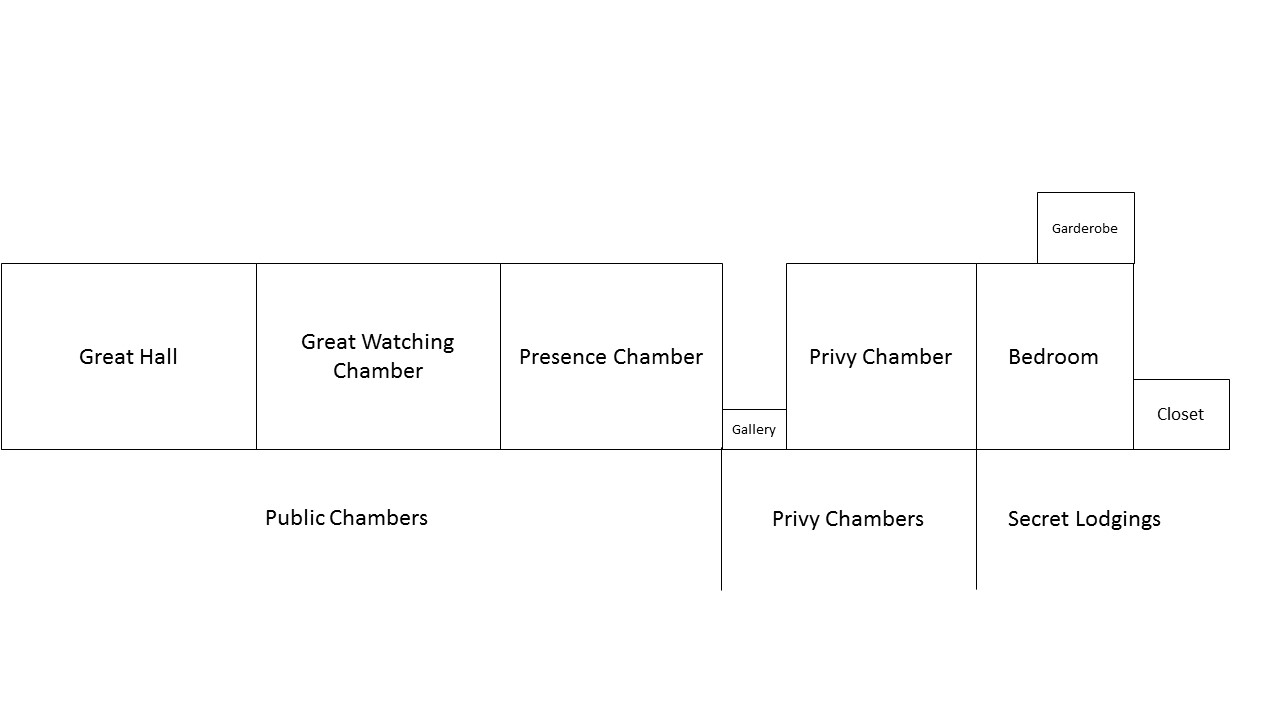
At Hampton Court Palace, the great hall and great watching chamber are accessible to visitors and, by and large, retain their original Tudor appearance. However, the first feature I want to draw your attention to is a rather insignificant doorway in the great watching chamber, tucked away in the corner of the room, behind the main doors that lead through from the great hall. Here it is shown in the photograph below:

That door once led through from the great watching chamber to Henry VIII’s Presence Chamber. Through this door, so many key characters at the Tudor court once came and went, all seeking an audience with the king. Today, this door is always kept firmly closed – and is easy to miss. However, since learning of its significance, whenever I visit, I can’t help but imagine guards in the royal, Tudor livery keeping watch by the doorway, ensuring only the worthy are able to pass by. I see ghostly figures come and go; Norfolk, Suffolk, Chapuys and Cromwell…plotting, intriguing, and advancing their cause.
Beyond that door, tragically, the once magnificent Presence Chamber is reduced to little more than a junk room in one part, and a training room in another. It is not open to the public, but I once managed to get access when researching In the Footsteps of Anne Boleyn. It was fascinating to see the other side of that door – and to think who once walked through it. The space has clearly been divided up over time, and sadly, all original features are now lost – except one. This is the second feature I want to draw your attention to.
A large window gives a breath-taking view of the tidal clock, sited atop Anne Boleyn’s Gateway, across the far side of Clock Court. It is fascinating to think how there would have been a similar view from Henry’s Presence Chamber, with ambassadors and other notables able to keep an eye on the time, whilst waiting for an audience with the king. I suspect that if they were not resident at court, or needed to be back in the city, it would have been highly inconvenient to miss the tide that would carry them back to London! Sadly, neither this room – nor its view – is accessible to the public, but here is a sneaky peek of it from an insider’s perspective.

The Cumberland Suite: Henry VIII’s Apartments
The Georgian Rooms may seem like they have nothing to offer the Tudor enthusiast but as mentioned earlier, it is precisely on the site of the present-day Cumberland Suite that Wolsey built part of the state apartments for King Henry VIII and his consort. The three-storey range was originally designed to house the Princess Mary on the lower level, Henry on the first floor and Katherine of Aragon directly above him. Later, it would also be used by Anne Boleyn and Jane Seymour; the latter died there, in the queen’s bedchamber, following the birth of Prince Edward in 1537.
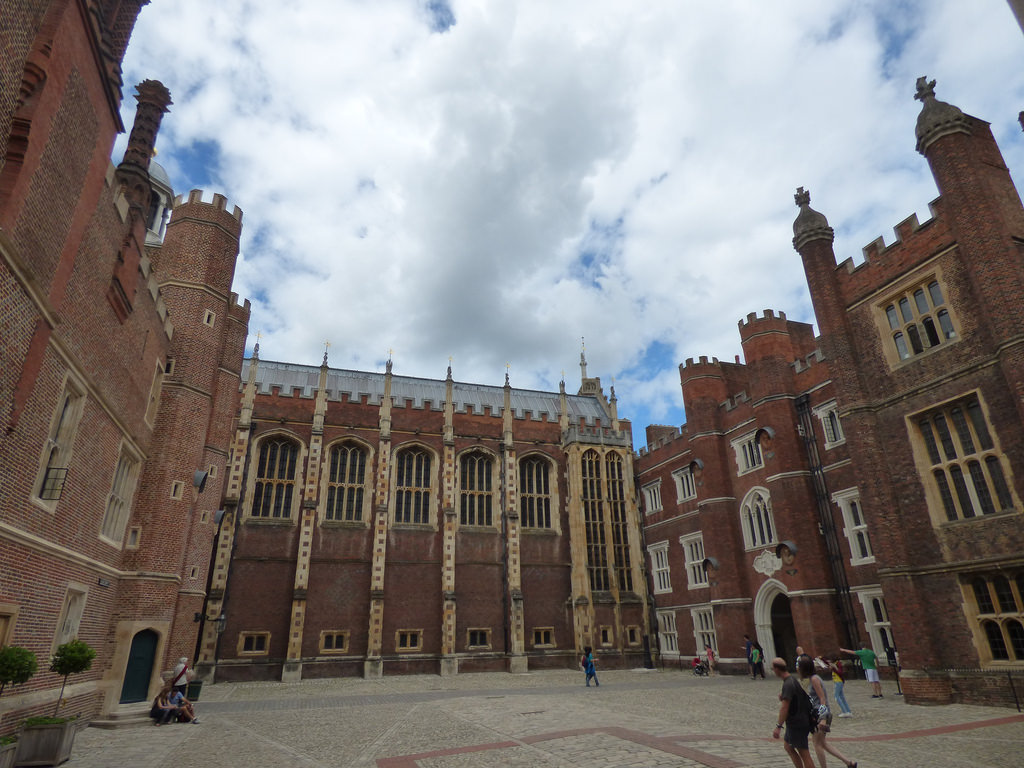
In the sixteenth century, the Presence Chamber would have led directly through into Henry’s private apartments (as the diagram above shows). Of course, it is no longer possible to follow this route. So, to pick up our trail, we need to head to the Cumberland Suite. This suite of rooms was designed in the 1730s by William Kent and was used by the Duke of Cumberland, the youngest son of King George II. It is now an art gallery.
The first room you enter was, I suspect, originally part of Henry’s Privy Chamber, although it is impossible to say how much of it corresponds to the original footprint of the room. A narrow corridor links you through to a second room. Just before entering this second room, there is a door on your right. This door accesses a spiral stone staircase coming up from the ground floor. Again, this doorway is always closed and not mentioned in the guidebook.

The room you are about to enter was once (at least part of) Henry VIII’s bedchamber. Directly below on the ground floor was The Office of the King’s Wardrobe, where the king’s clothes were stored. Every morning someone would bring Henry’s clothes up that spiral staircase to the entrance of the king’s bedroom (where you are standing). A Gentleman of the King’s Bedchamber would accept the clothes at the threshold to the bedroom and take them inside to dress the King.

Step into the room. You will notice an alcove built into the far wall with two doorways on either side (both usually left open). Inside that doorway, in the far-right hand corner is another bricked up doorway, designed with the iconic Tudor arch. This once connected the king’s secret lodgings directly with Wolsey’s gallery and apartments. I love this ‘lost’ doorway. It is one of my favourite features of the whole palace because so few people even realise it is there! It has such a story to tell. It speaks of the closeness that the king and his first minister shared. It is also so easy to imagine Wolsey visiting the Henry, discussing the business of the court, and of Europe, as the king dressed for the day.

Of course, there are many well-documented Tudor features to see at Hampton Court Palace; the great hall and watching chamber, the council chamber, chapel, and the Wolsey Rooms to name but a few. Yet, although so much was lost during later renovations of the palace, a few quirky features that link us intimately with the life of King Henry VIII and his court do survive. These are easily missed, as you will not find them indicated in the rooms or the guide books. However, now that you know, I hope when you next visit, you can look out for them and it will bring you just that little bit closer to the private life of one of the most infamous monarchs in English history.
Visitor Information
Hampton Court Palace is managed by Historic Royal Palaces. For more information on how to reach Hampton Court and its opening hours, visit the Historic Royal Palaces’ website here, or telephone: + 44 (0) 2031 666000.
Postcode for Hampton Court Palace: KT8 9AU.
Gallery of Images
This gallery of images accompanies two podcast episodes in The Tudor History & Travel Show, recorded from Hampton Court Palace. Led by guide, Daniel Jackson, Head of Historic Buildings for Historical Royal Palaces and Hampton Court Palace Curator, we travel back to the mid 1530s. Exploring the royal apartments, we imagine the characters and stories of this glorious Tudor palace.
The gallery below accompanies the first podcast episode – click here to listen.
Behind Closed Doors at Hampton Court Palace: Discover Hidden Secrets From The Past (Part I)
Base Court (6 mins – 19 mins)
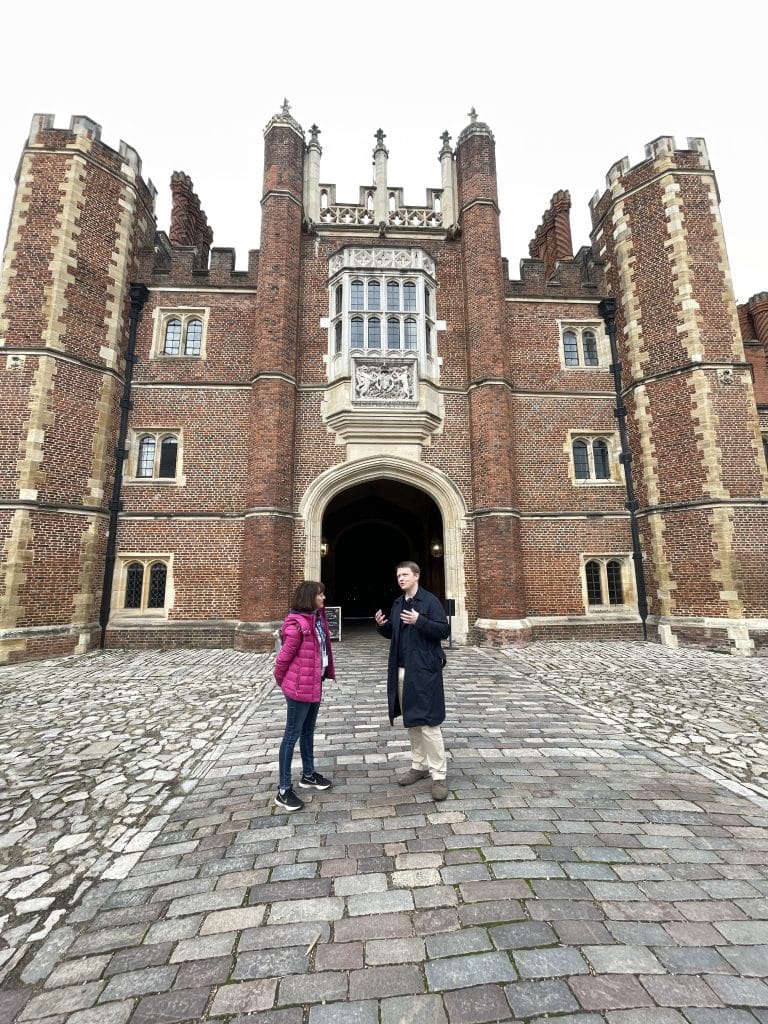
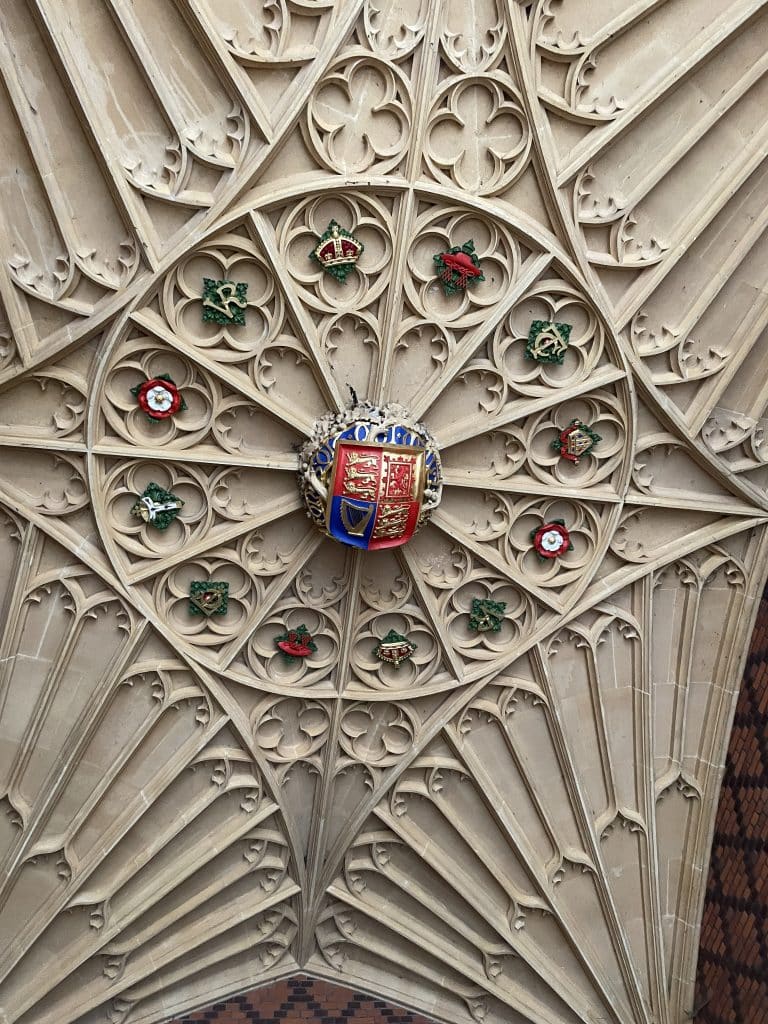
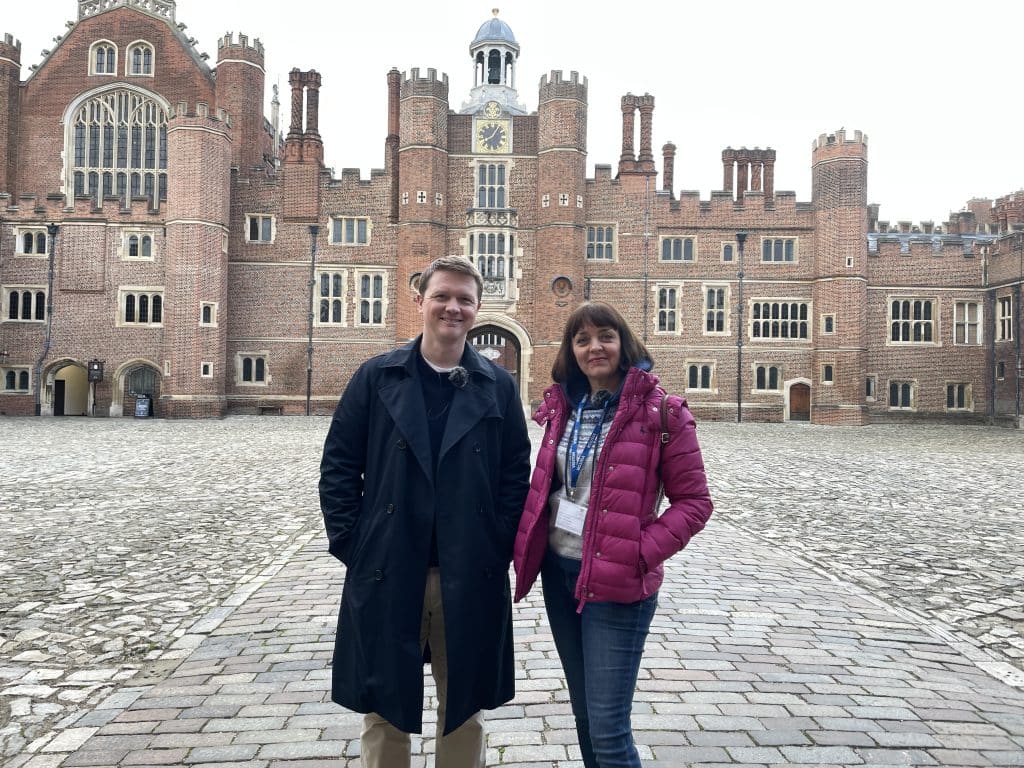
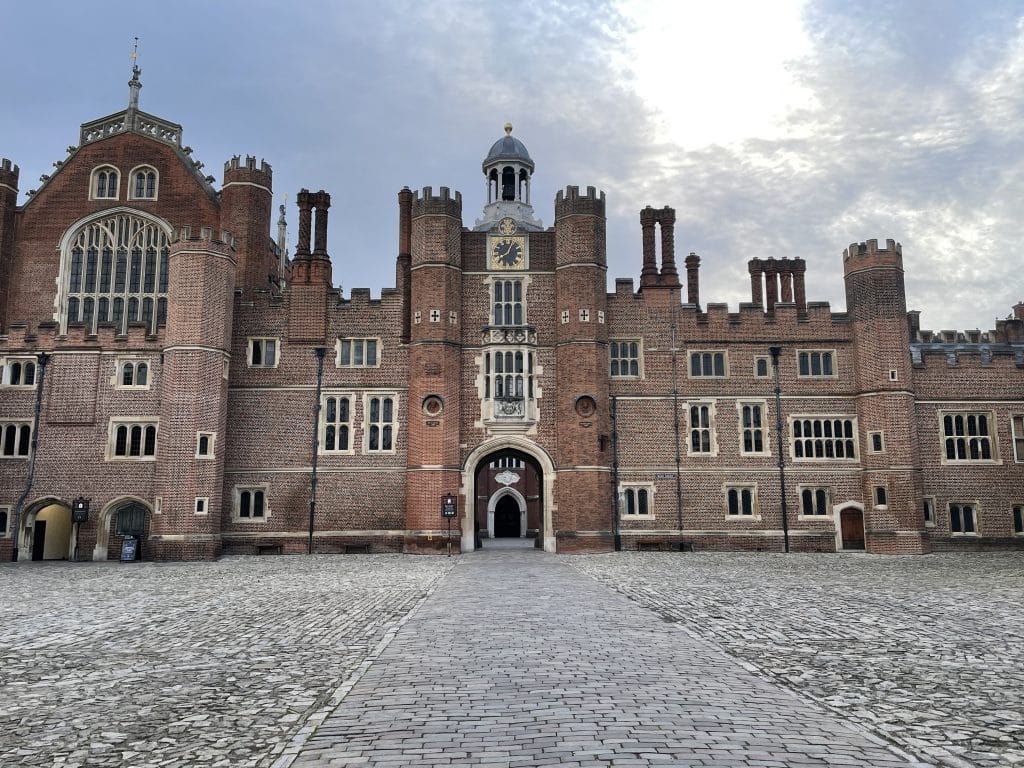
Great Hall (21 mins – 33 mins)
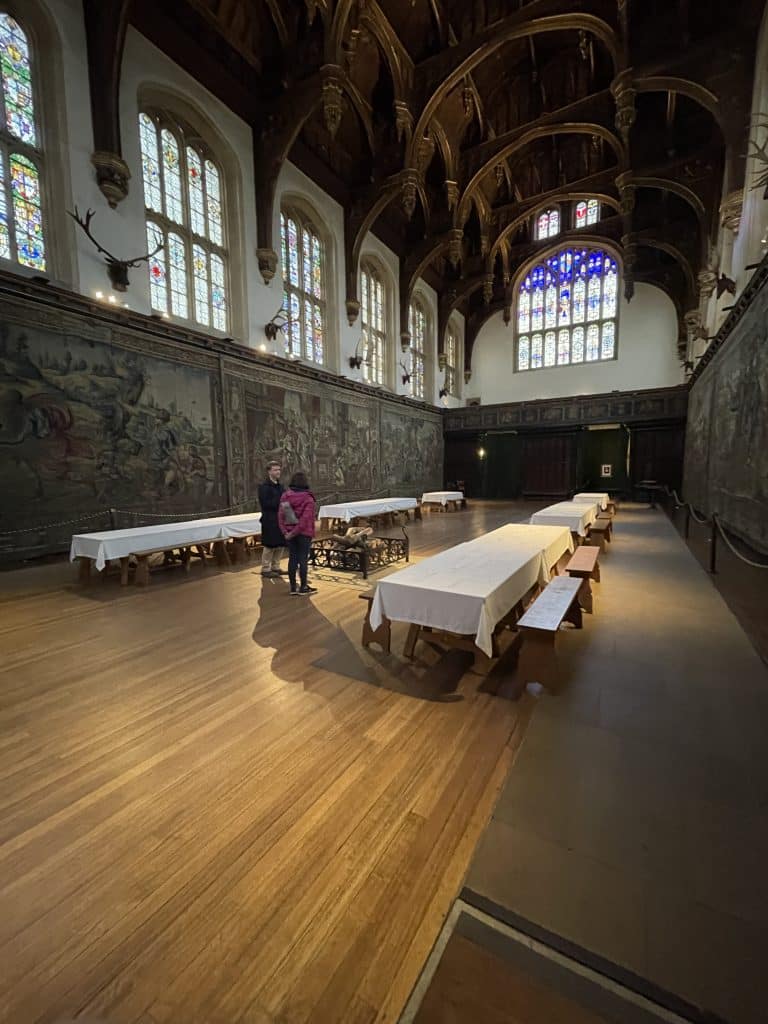
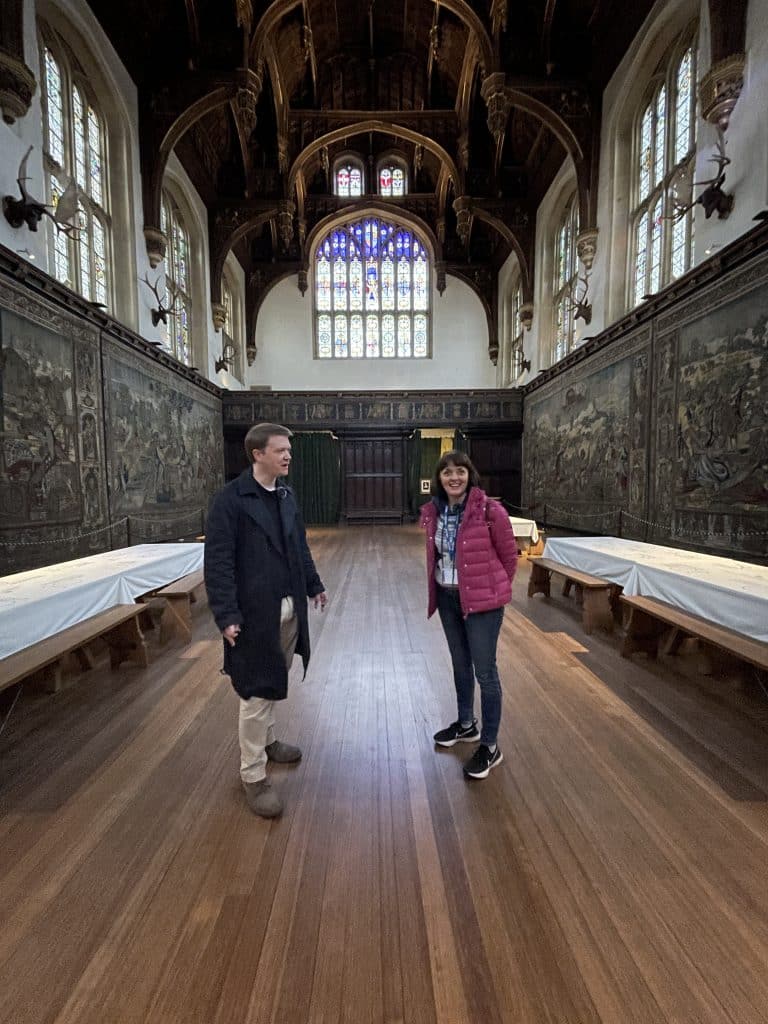
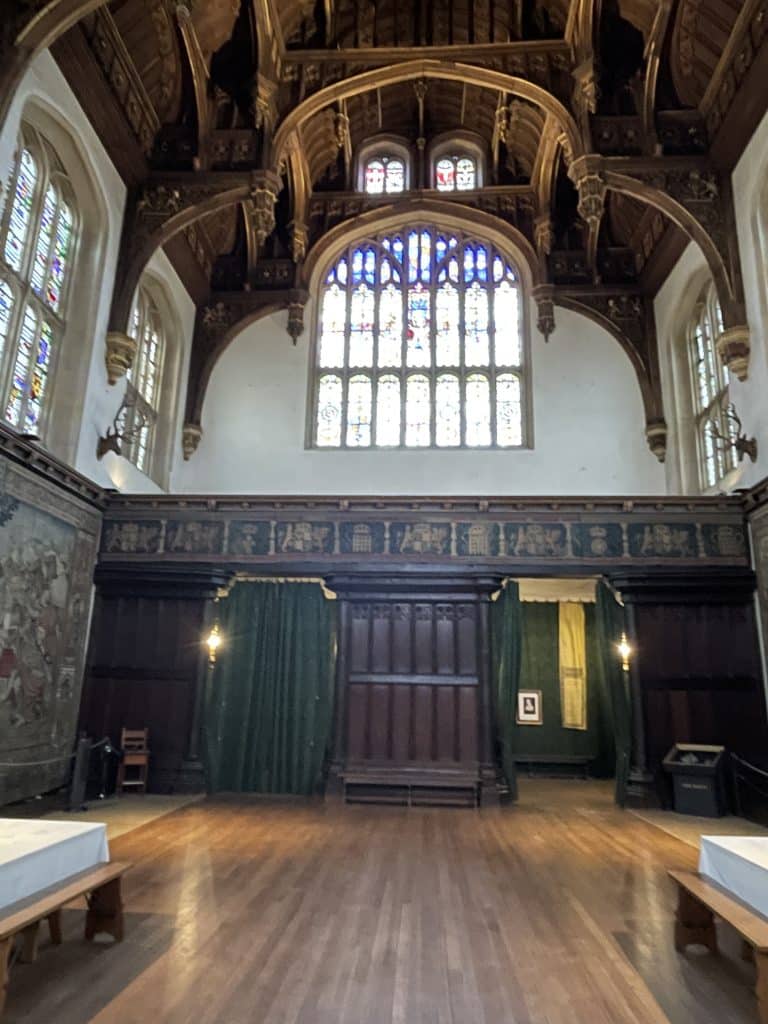
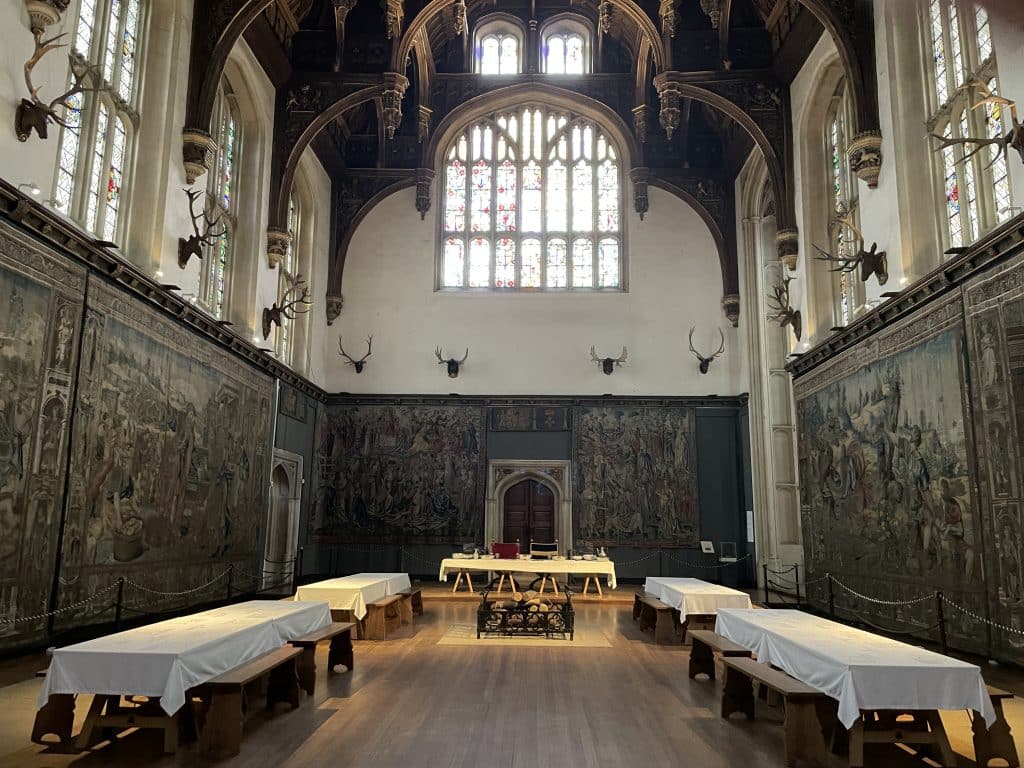
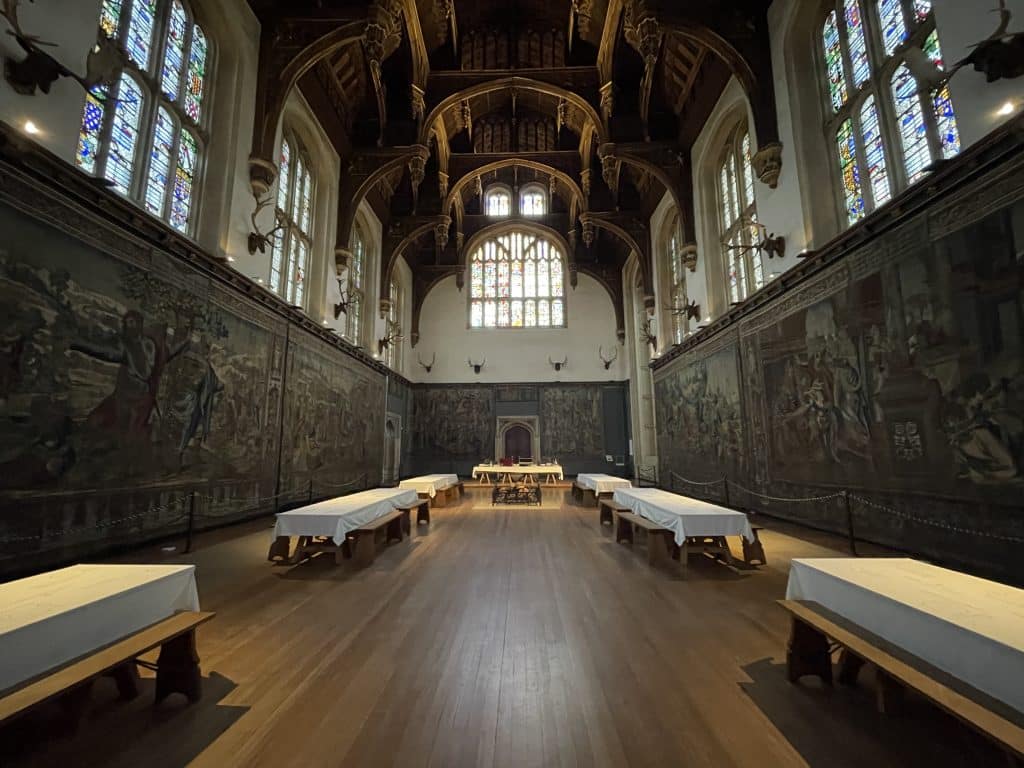
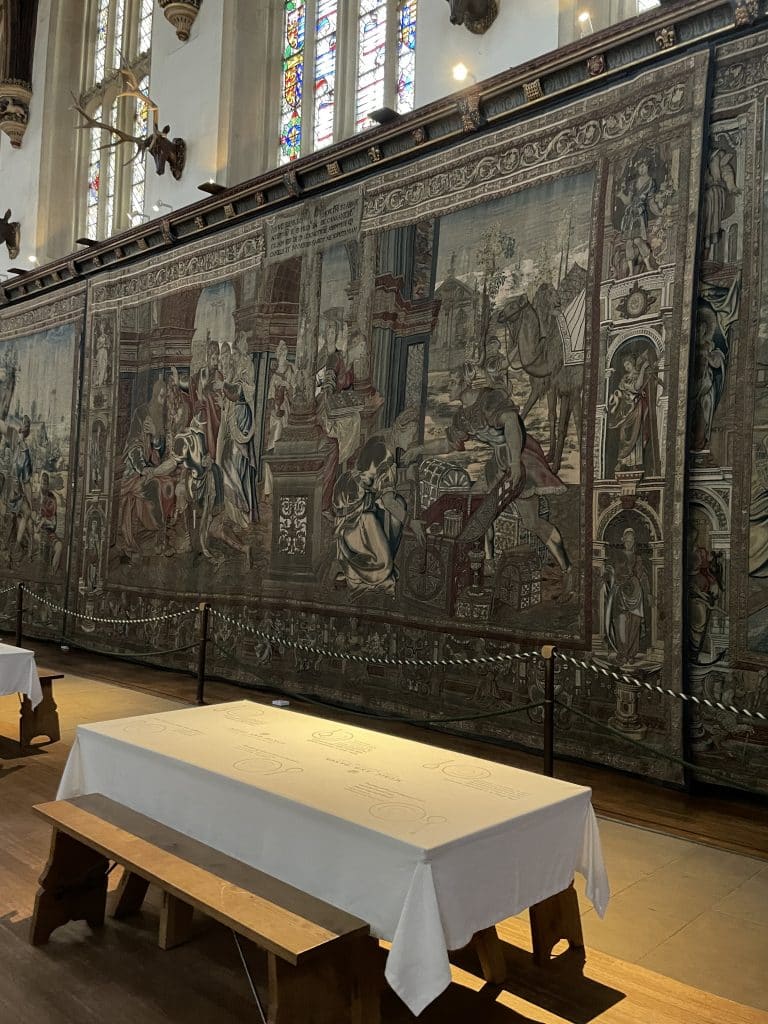
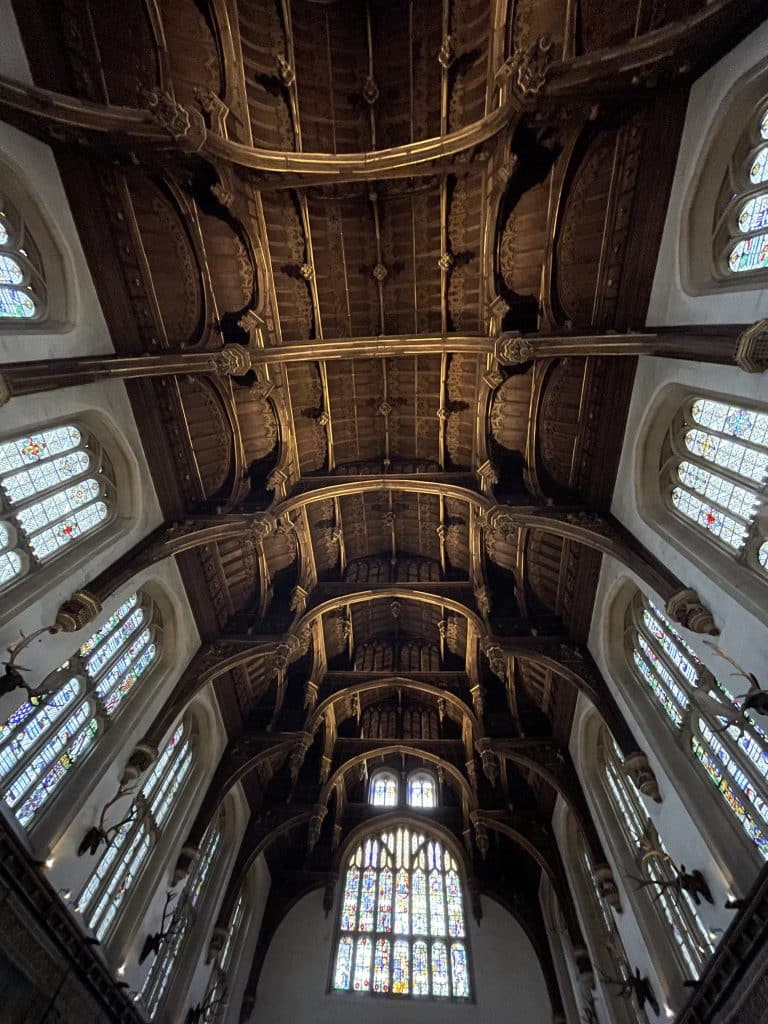
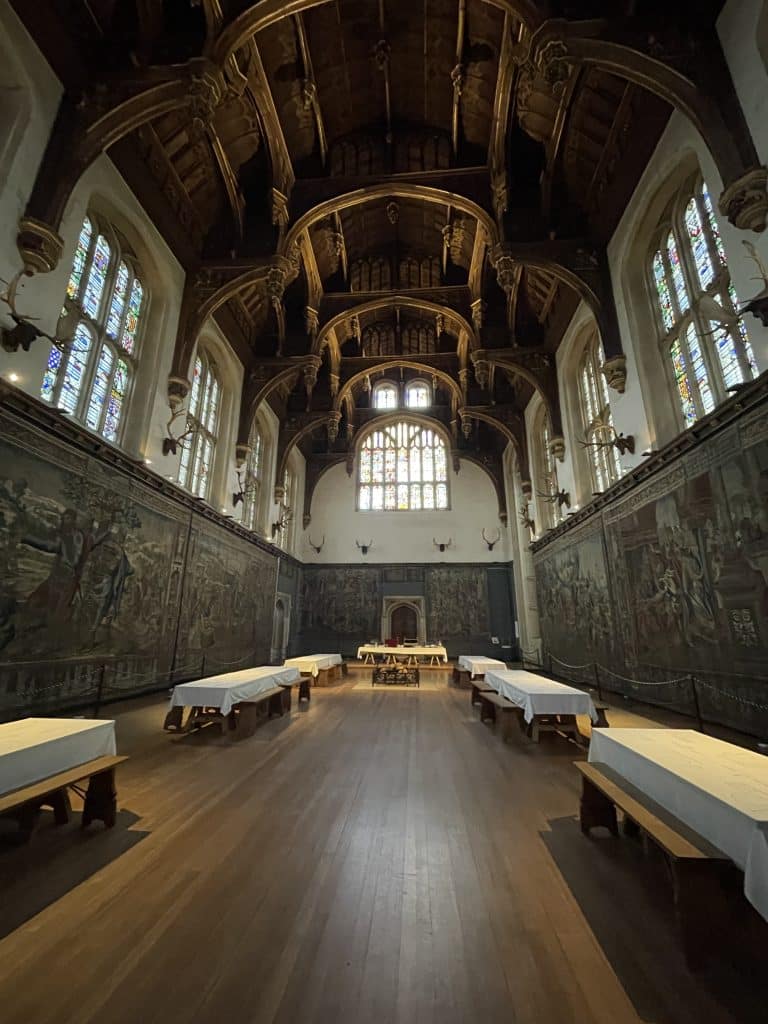
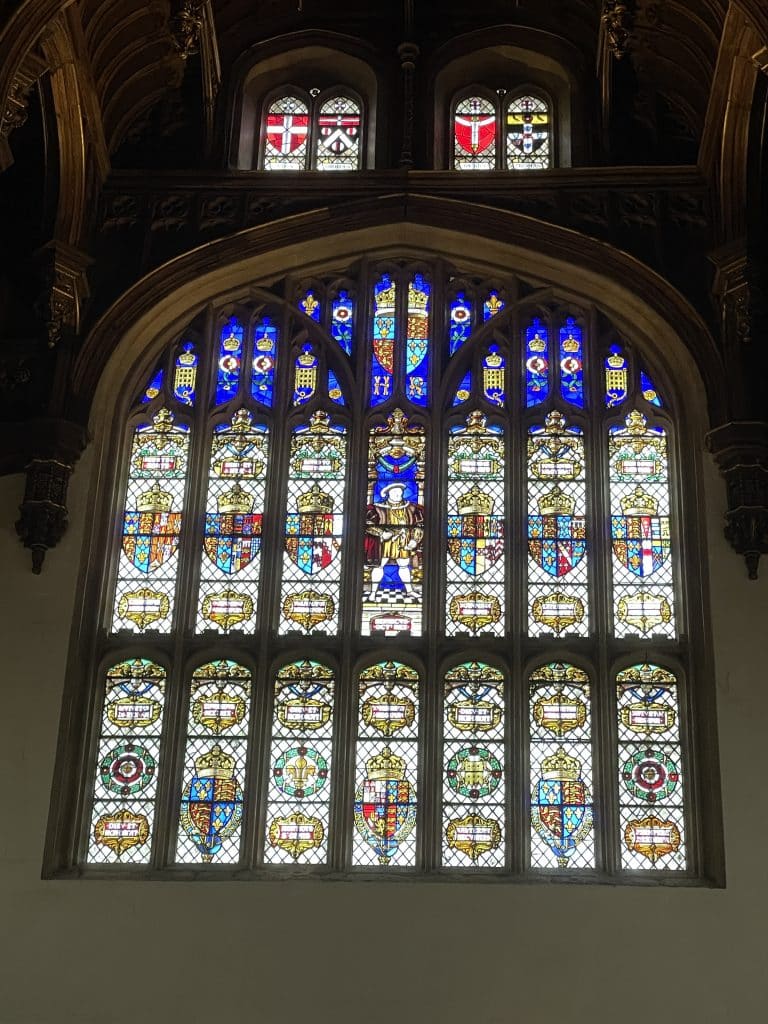
The Horn Room (33 mins – 36 mins)




Great Watching Chamber (37 mins – 41 mins)
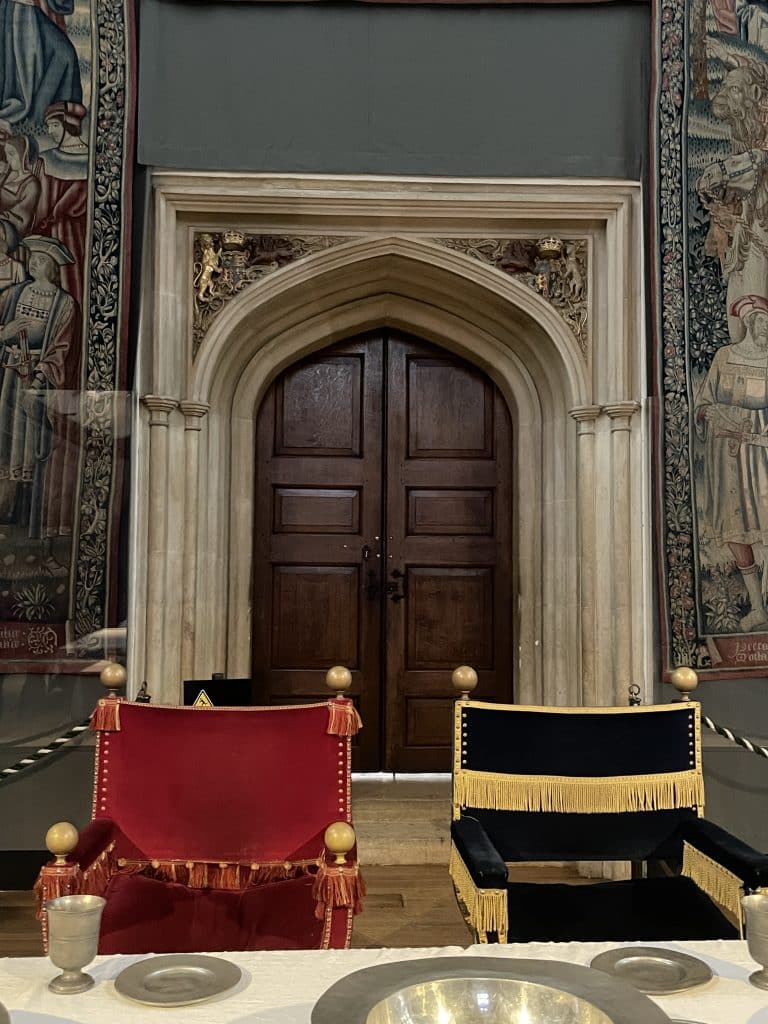
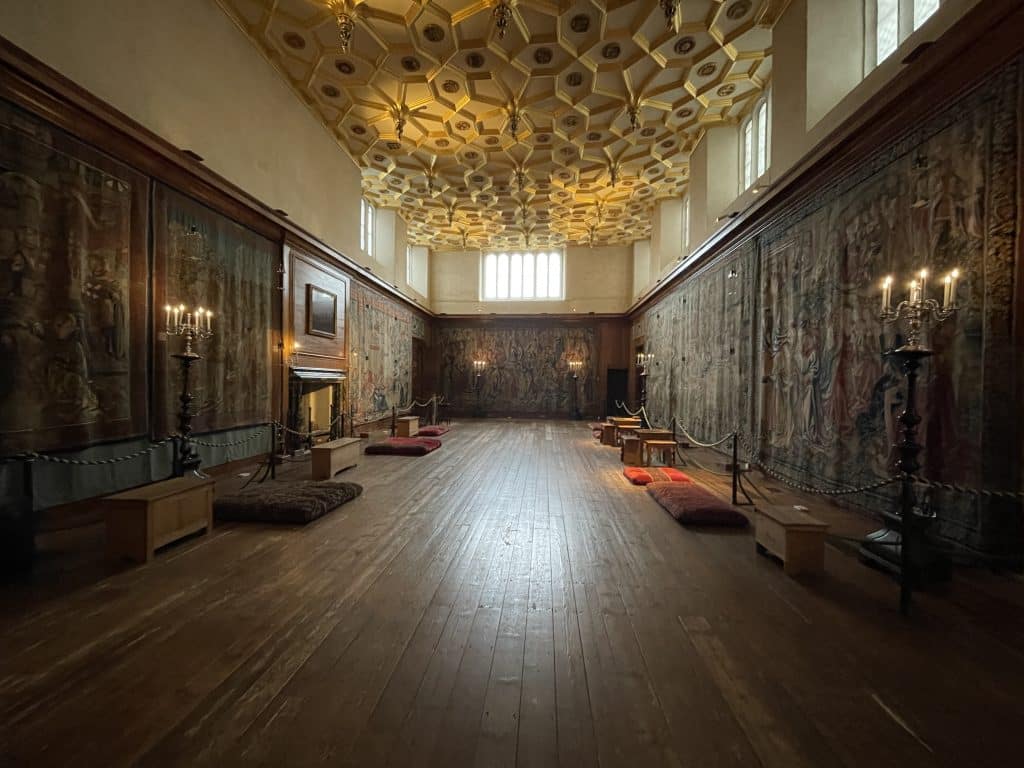
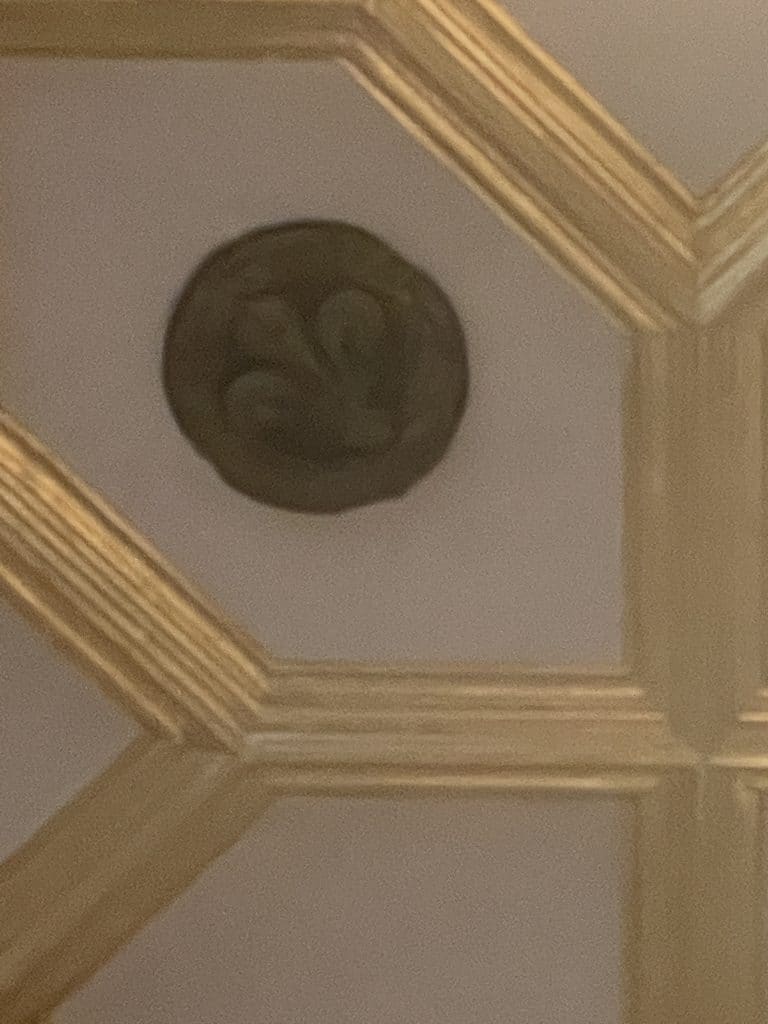
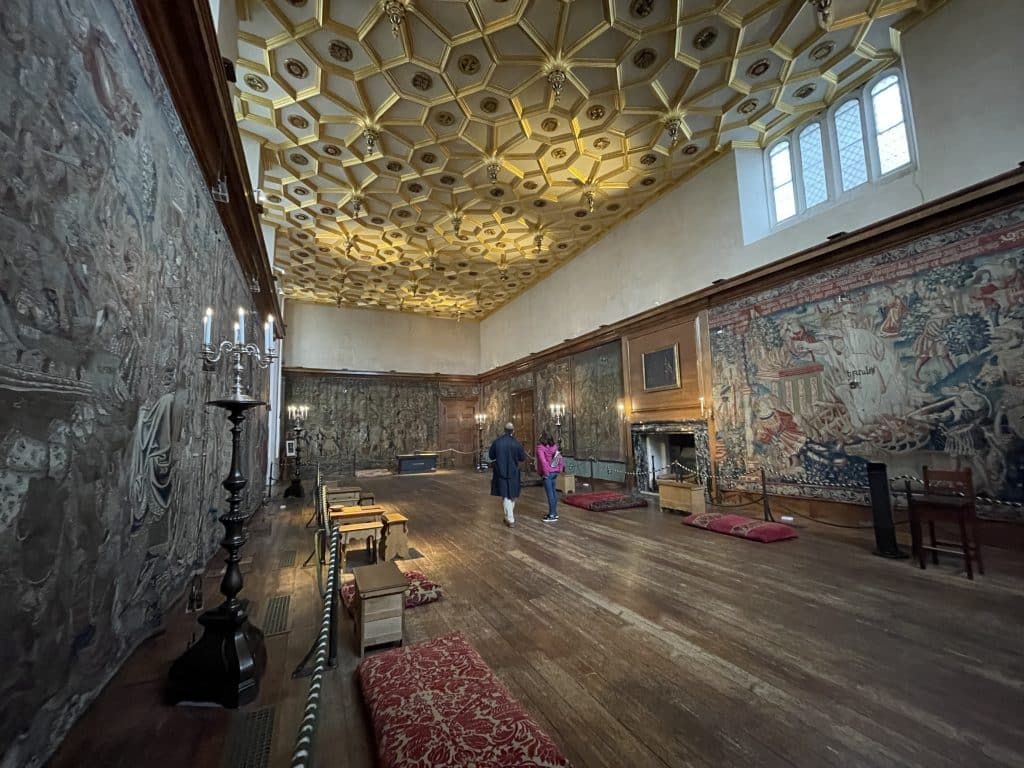
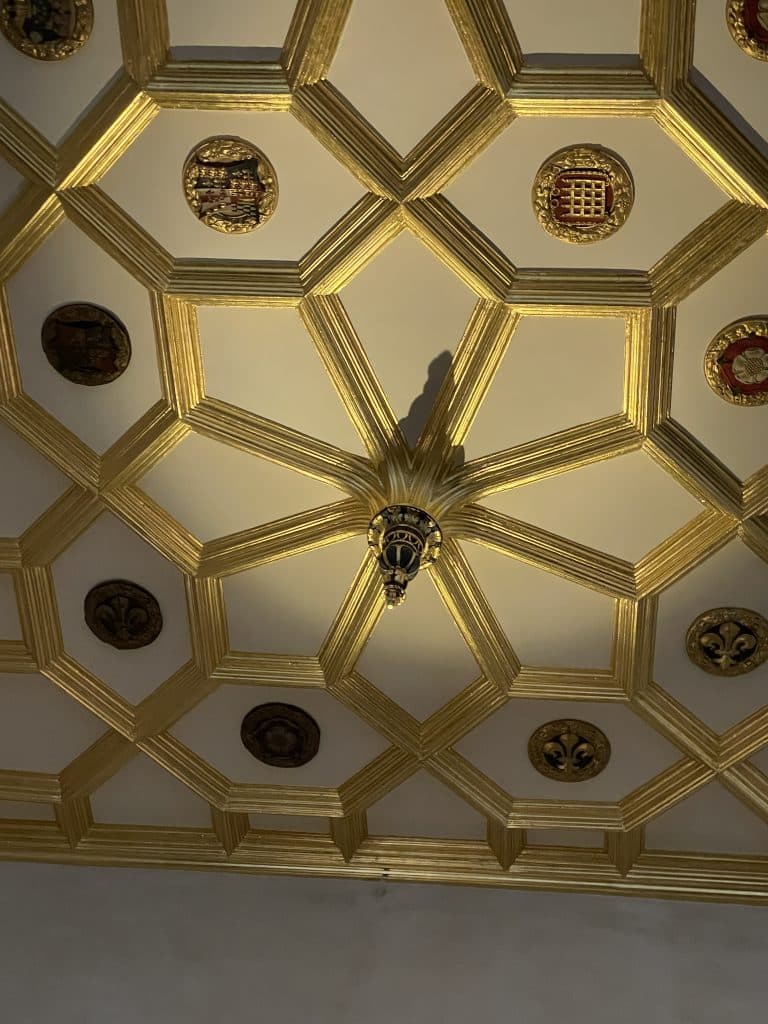
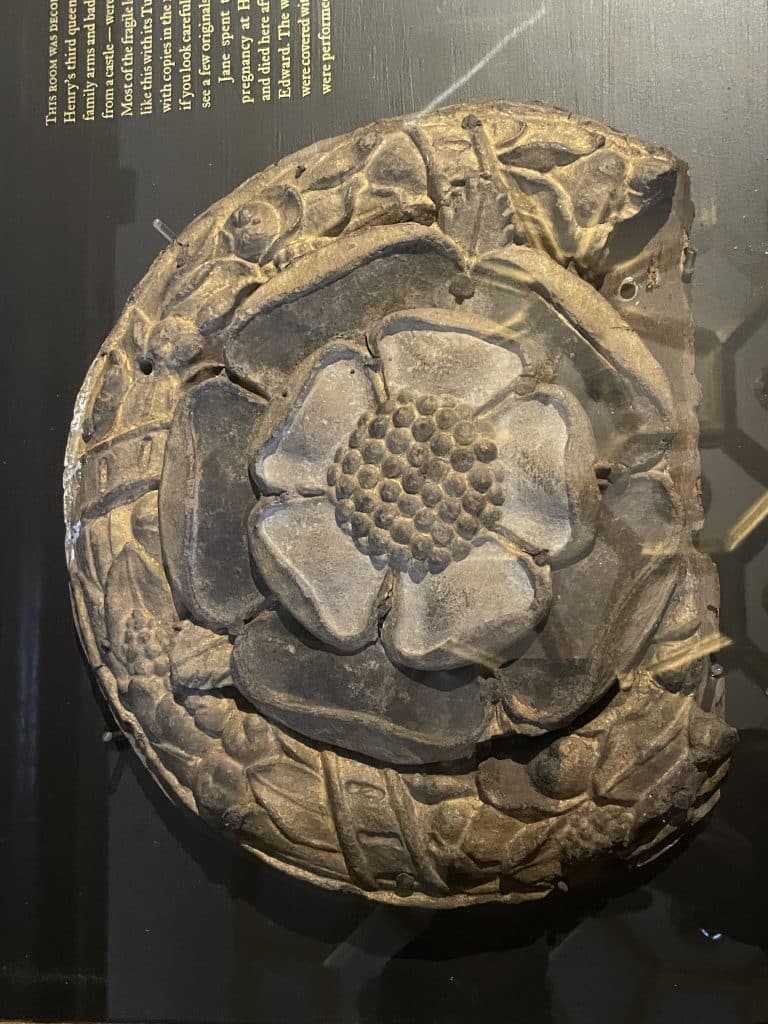
King’s Presence Chamber Entrance (42 mins – 48 mins)
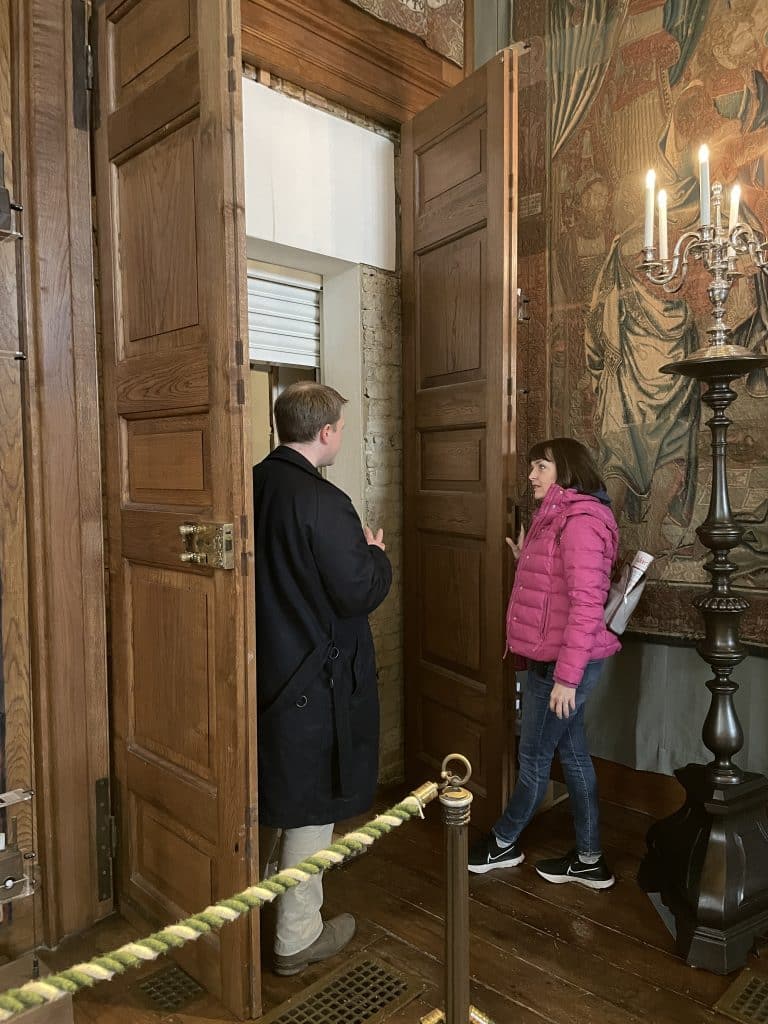
Haunted Gallery (51 mins)
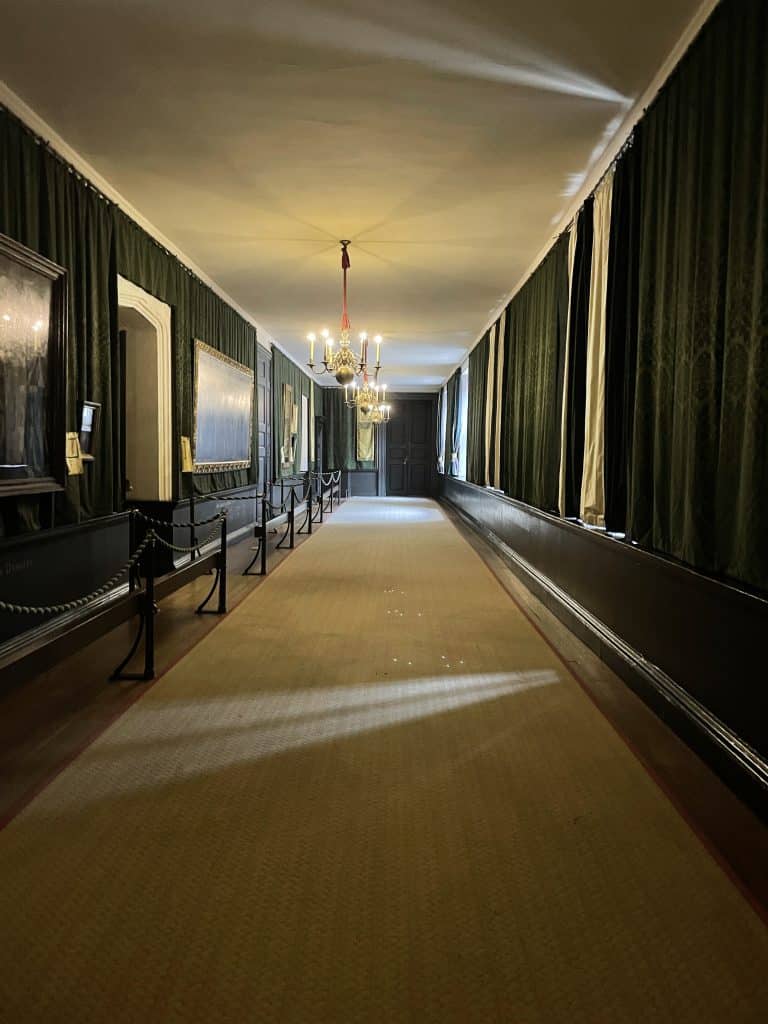
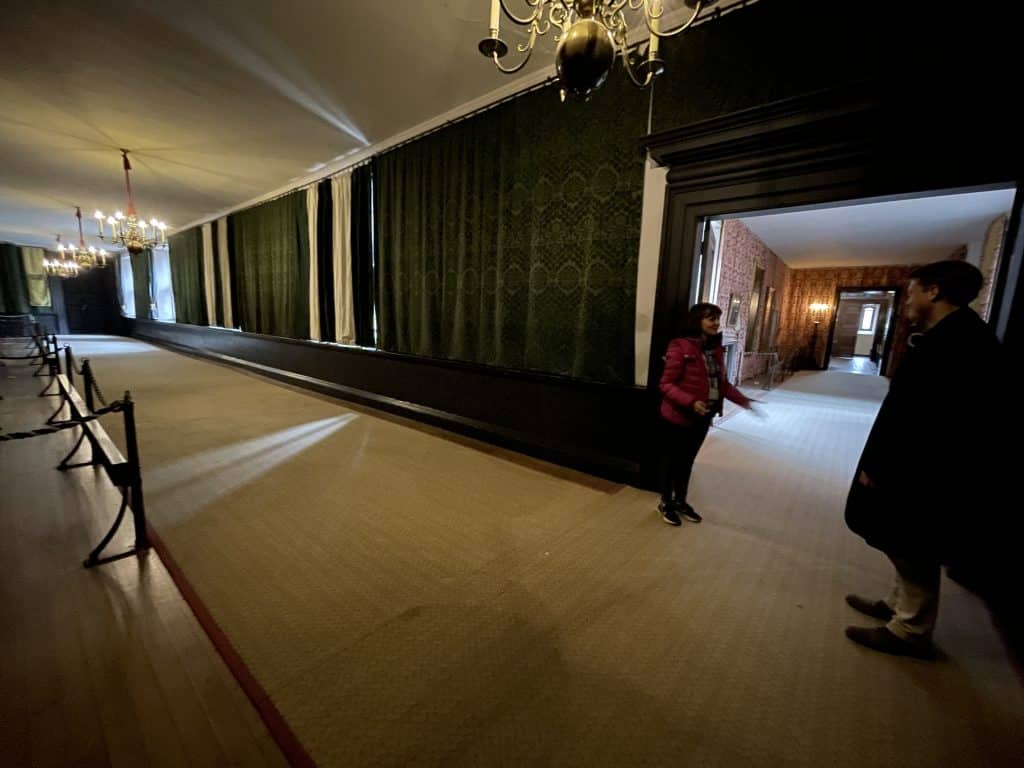
Council Chamber (54 mins)
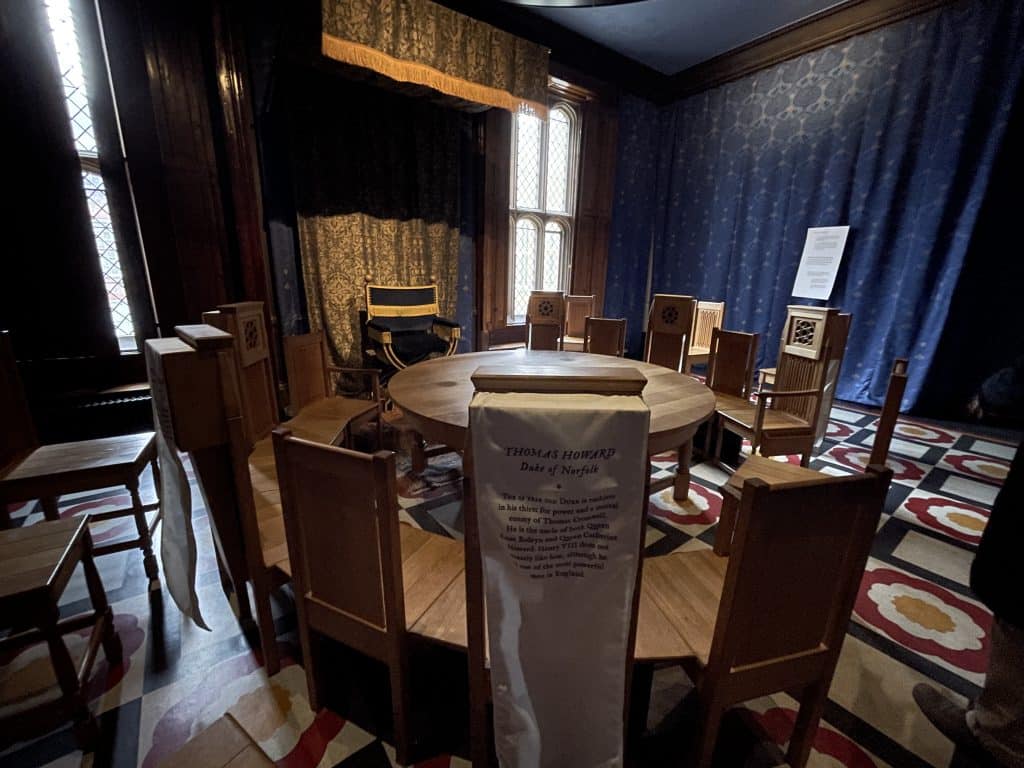
Entrance to the Queens Apartments (60 mins)
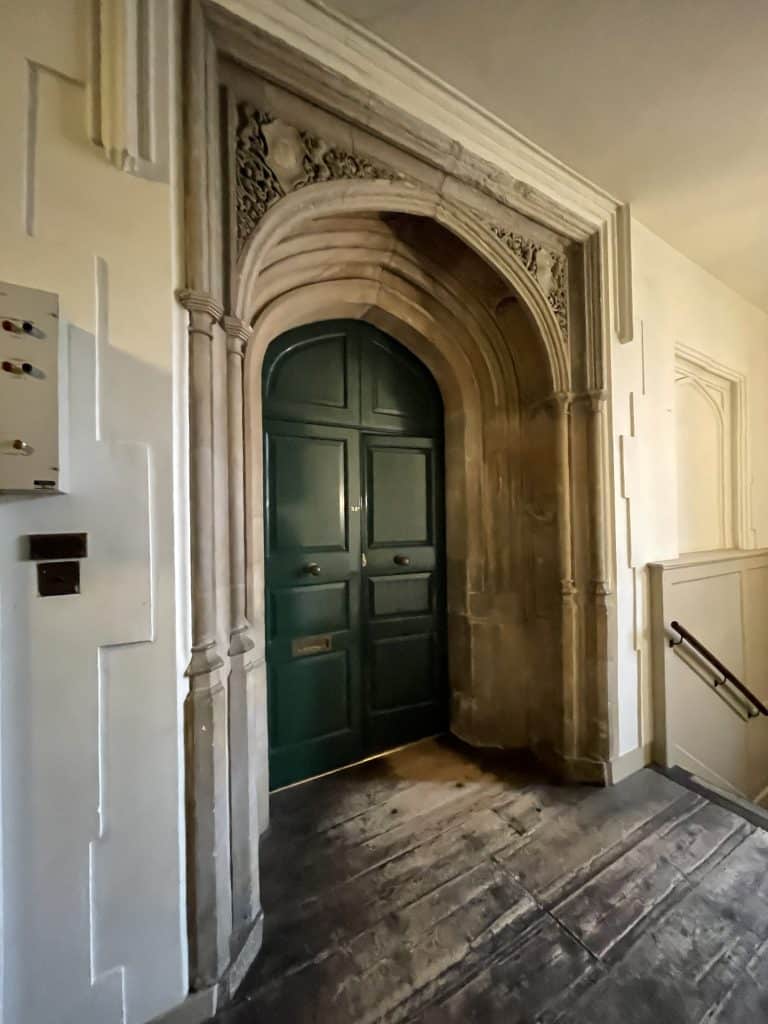
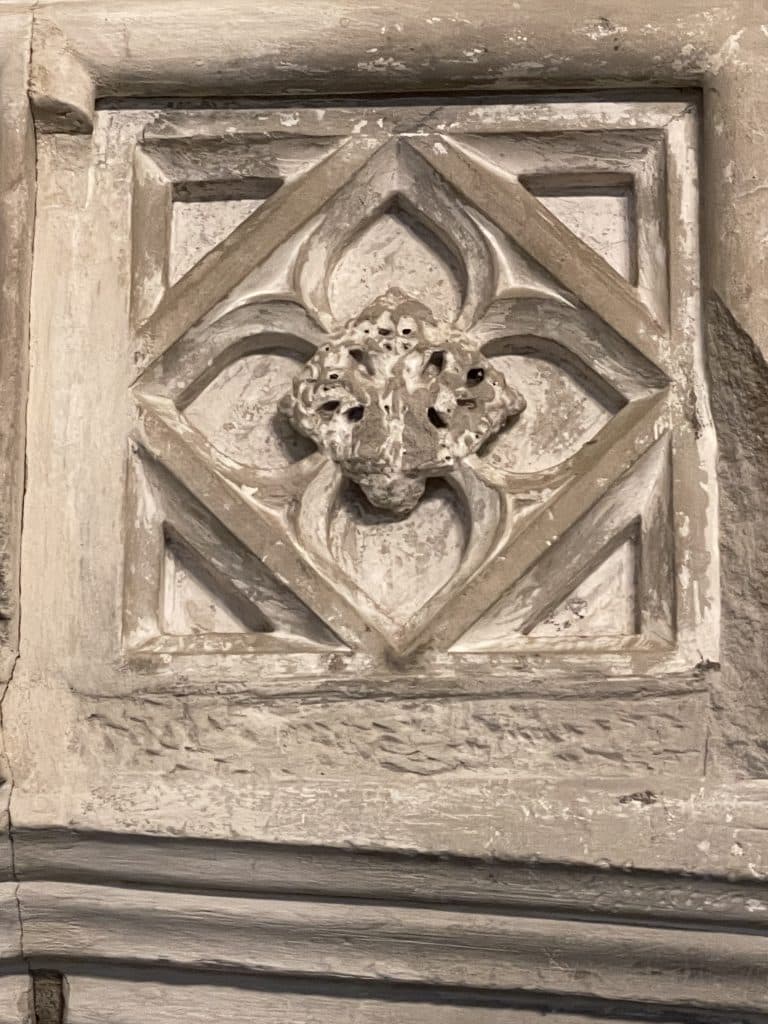
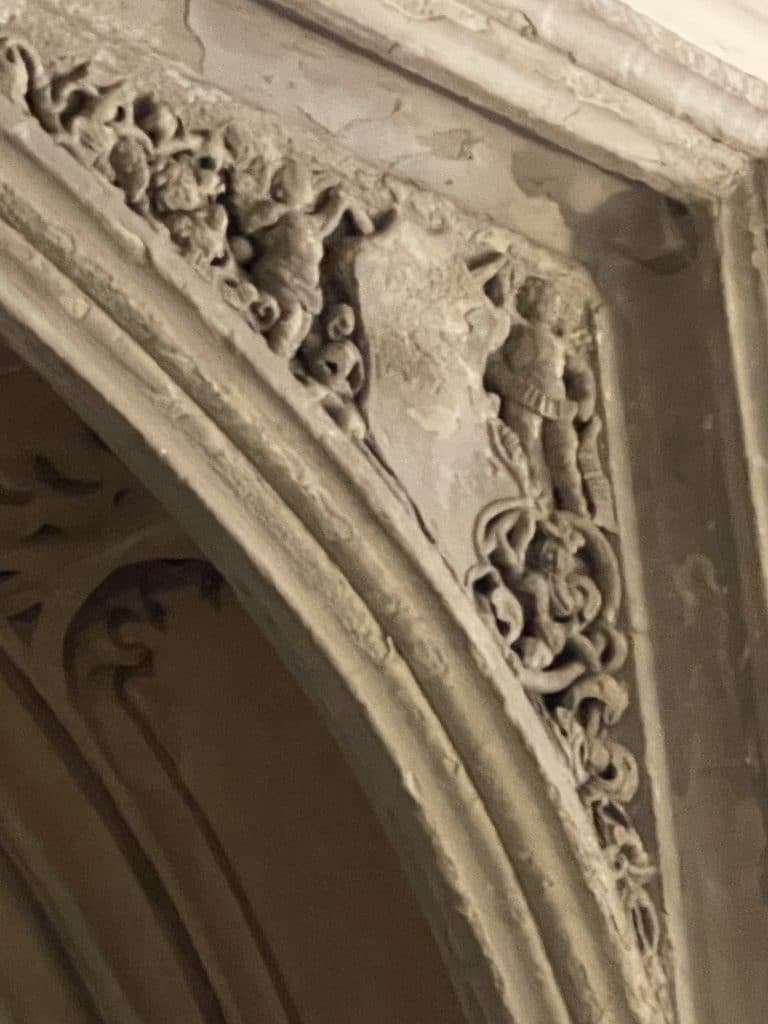
Behind Closed Doors at Hampton Court Palace: Discover Hidden Secrets From The Past (Part II)
The gallery below accompanies the second podcast episode – click here to listen.
Queen’s Privy Apartments (3 mins – 11 mins)
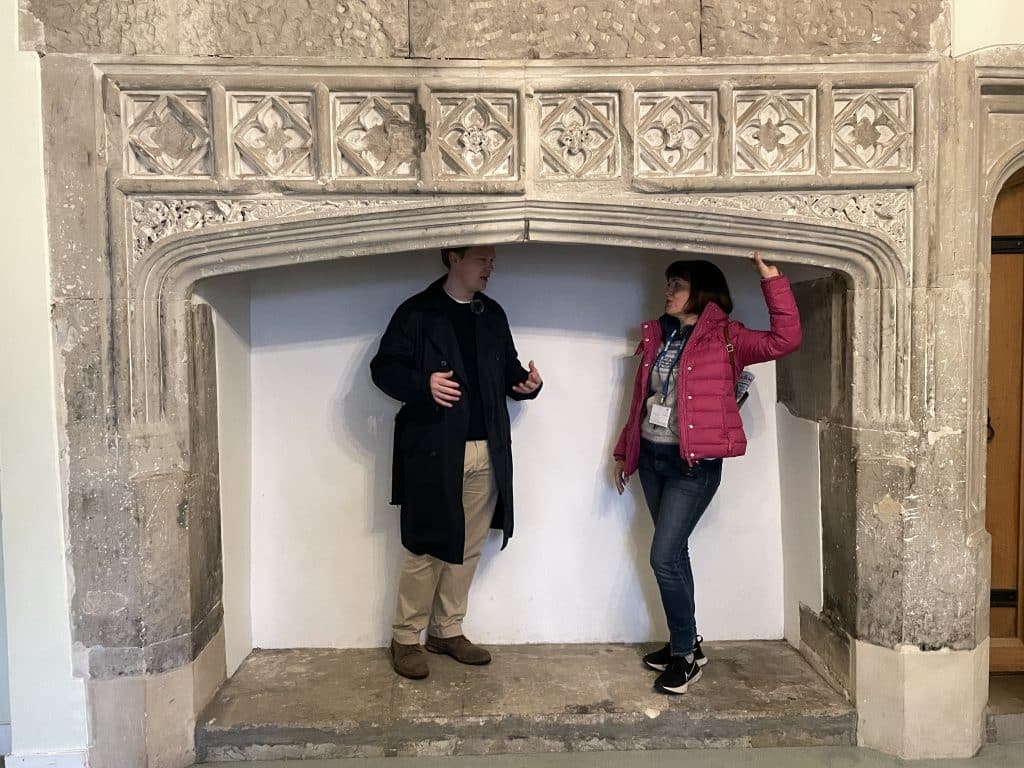
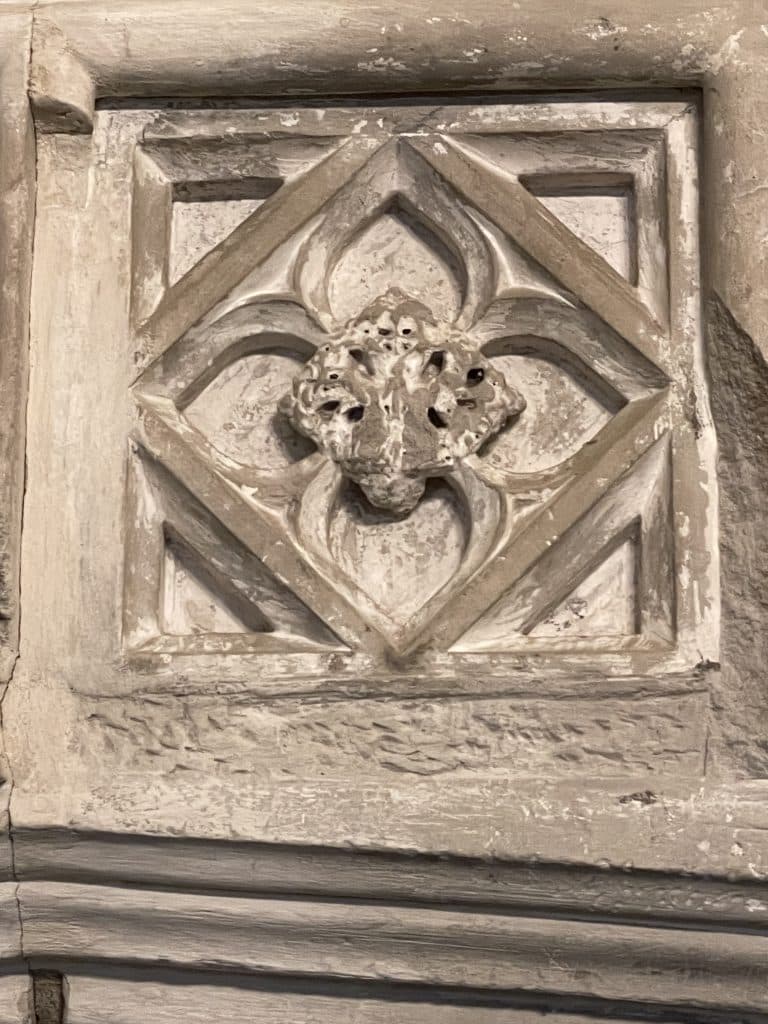
Archaeological Store (13 mins – 19 mins)
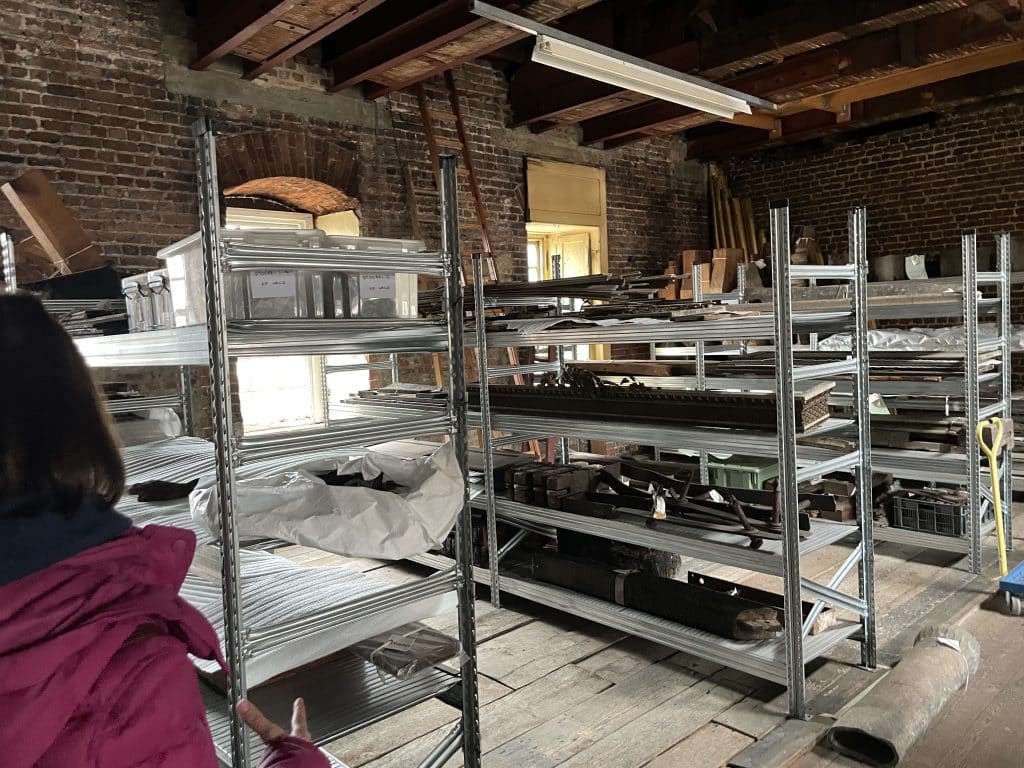
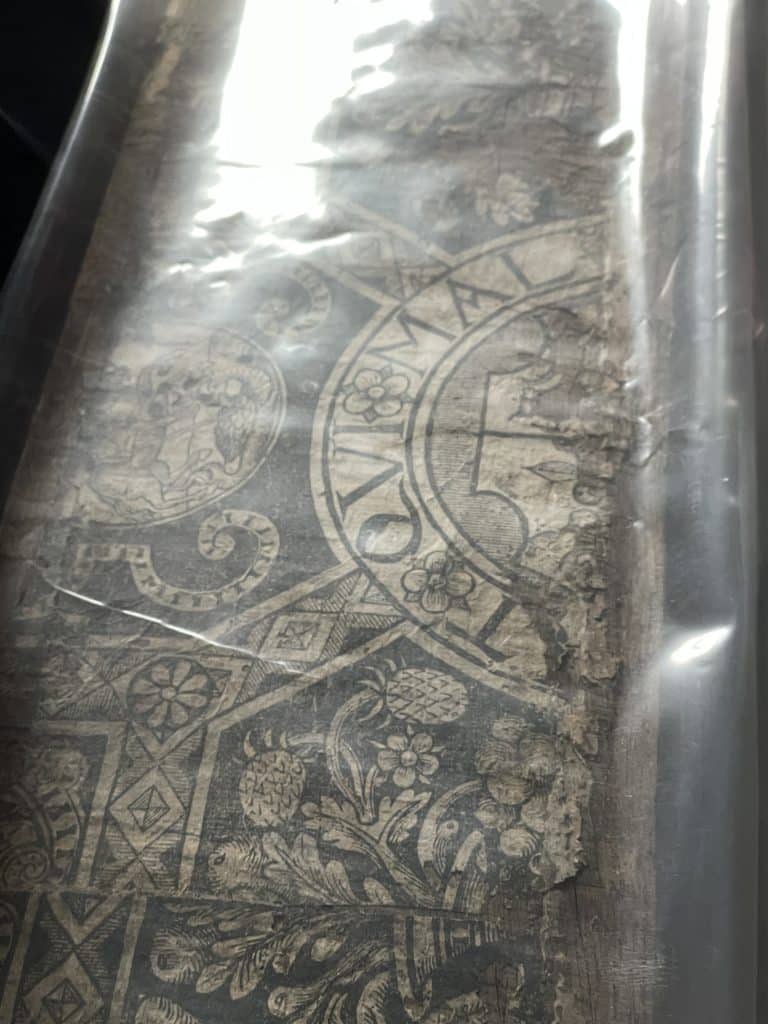

East Window of Chapel (20 mins – 22 mins)
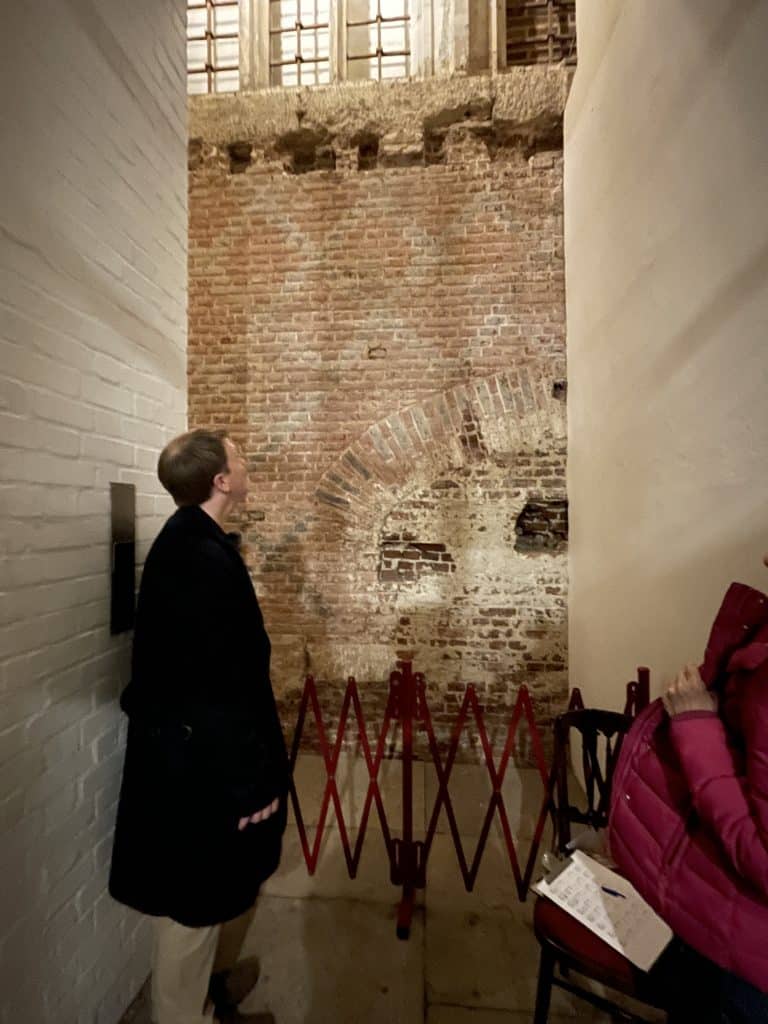
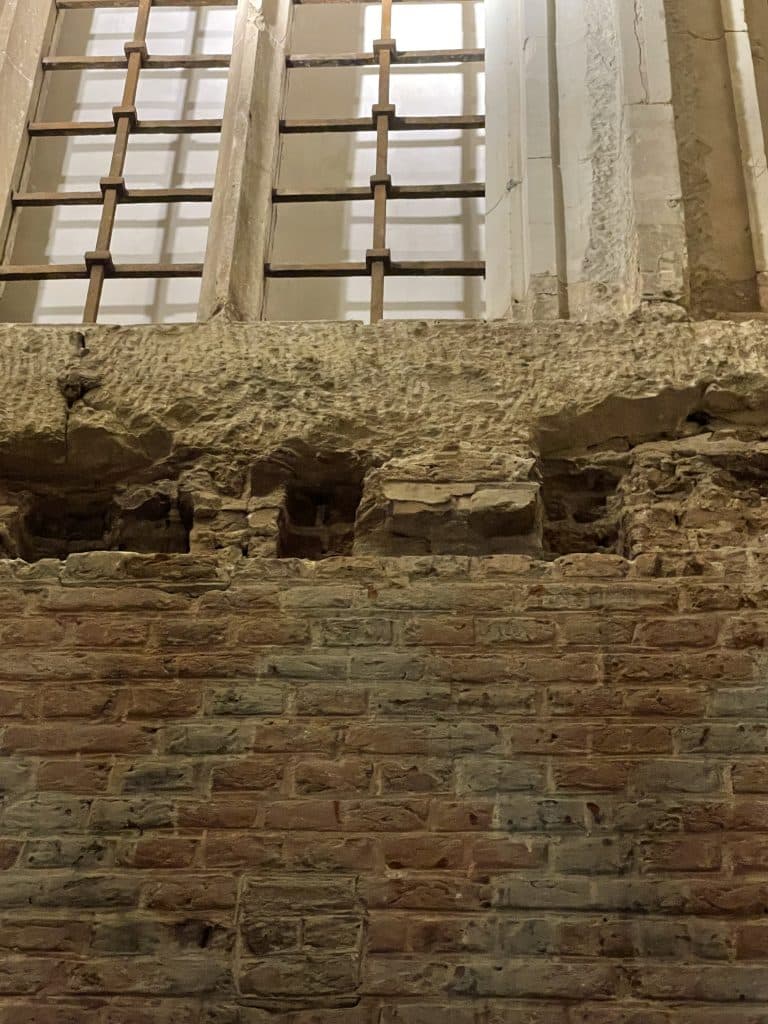
Fountain Court (25 mins – 32 mins)
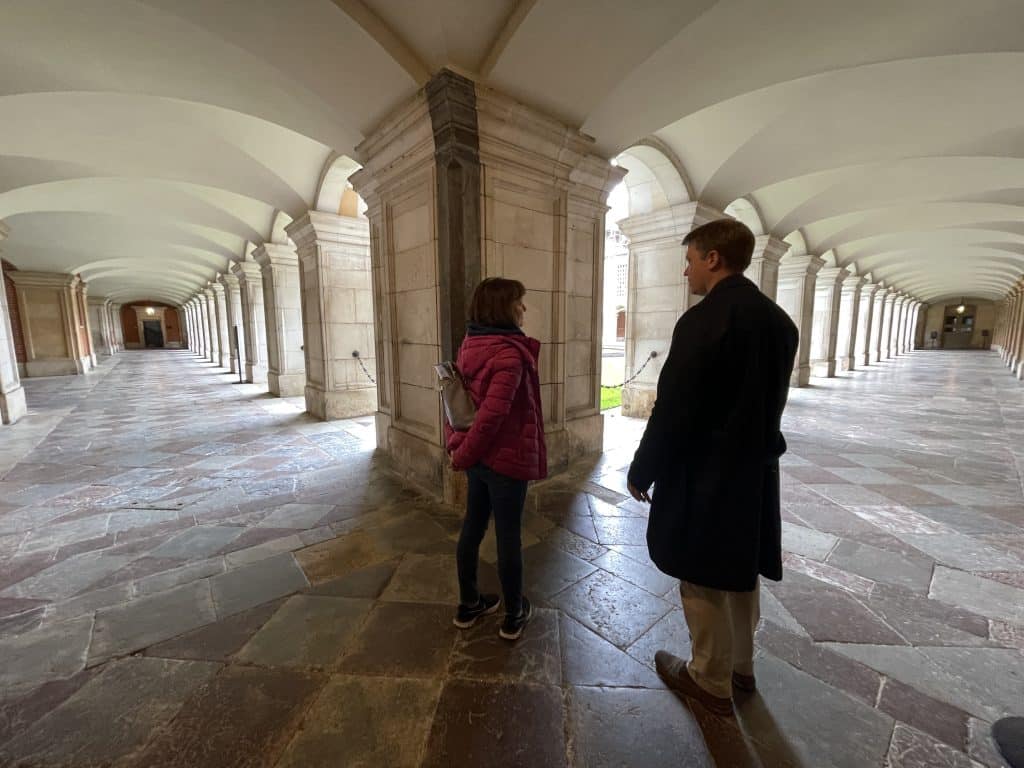
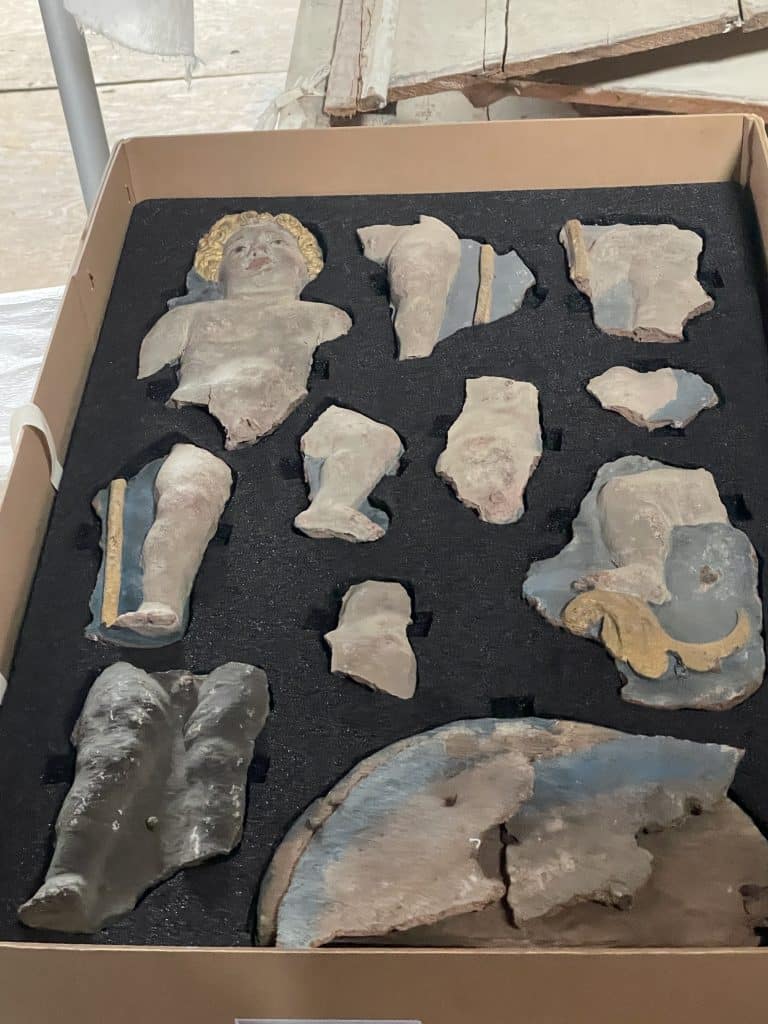

Bayne Tower (33 mins – 38 mins)
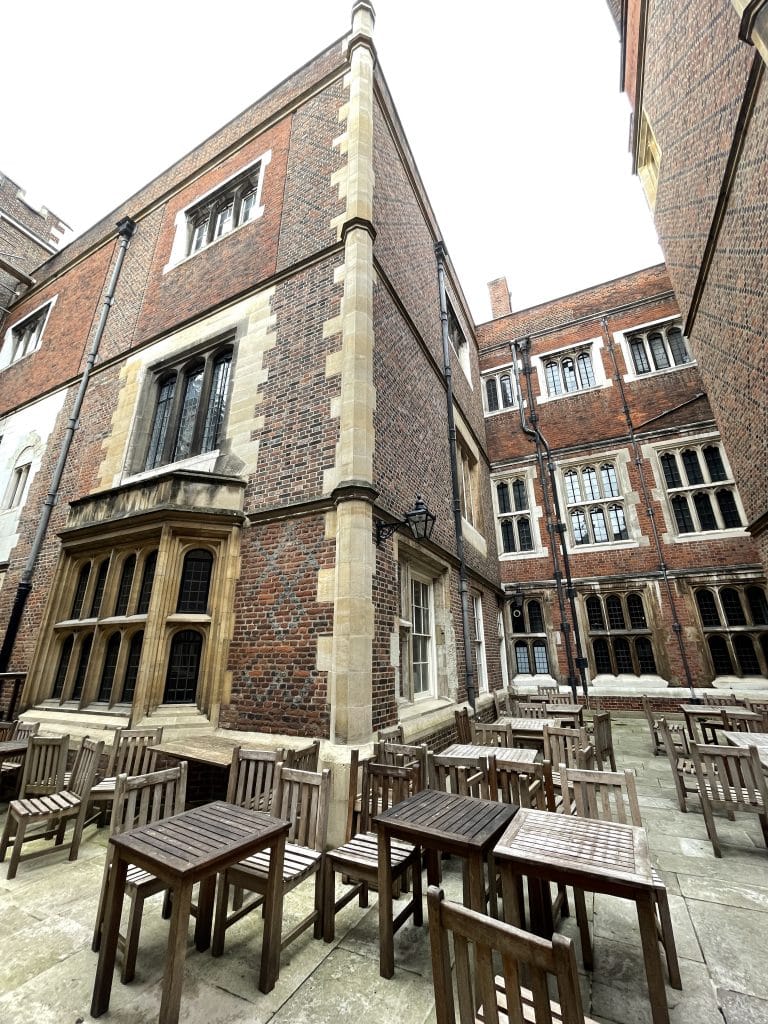
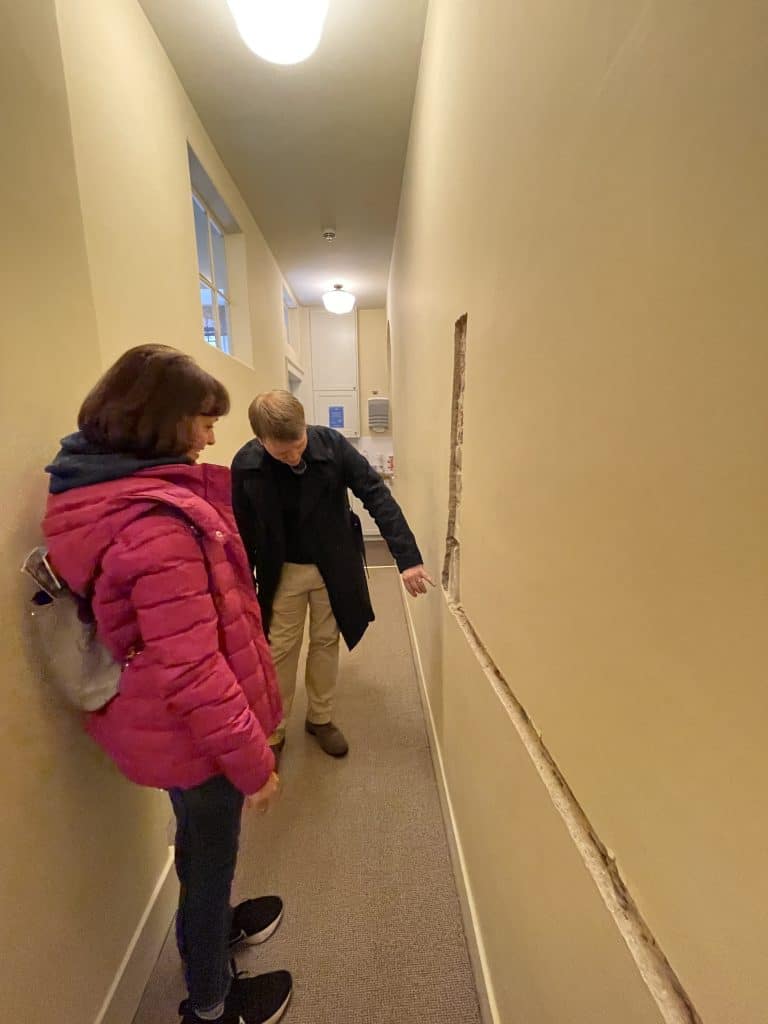
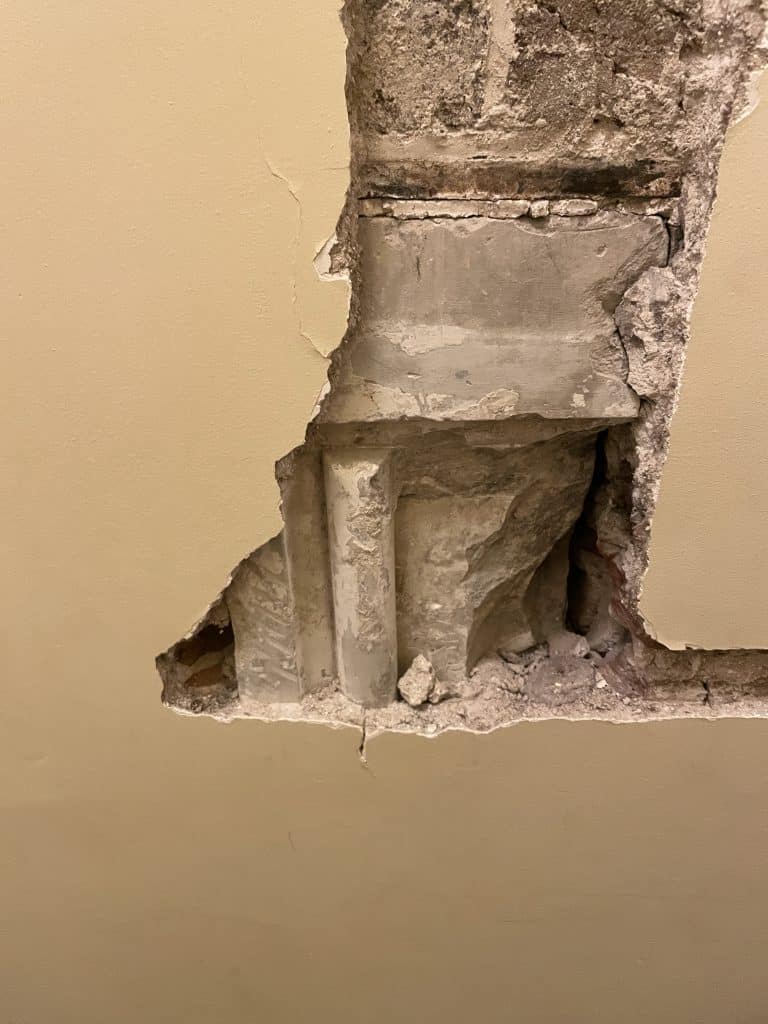
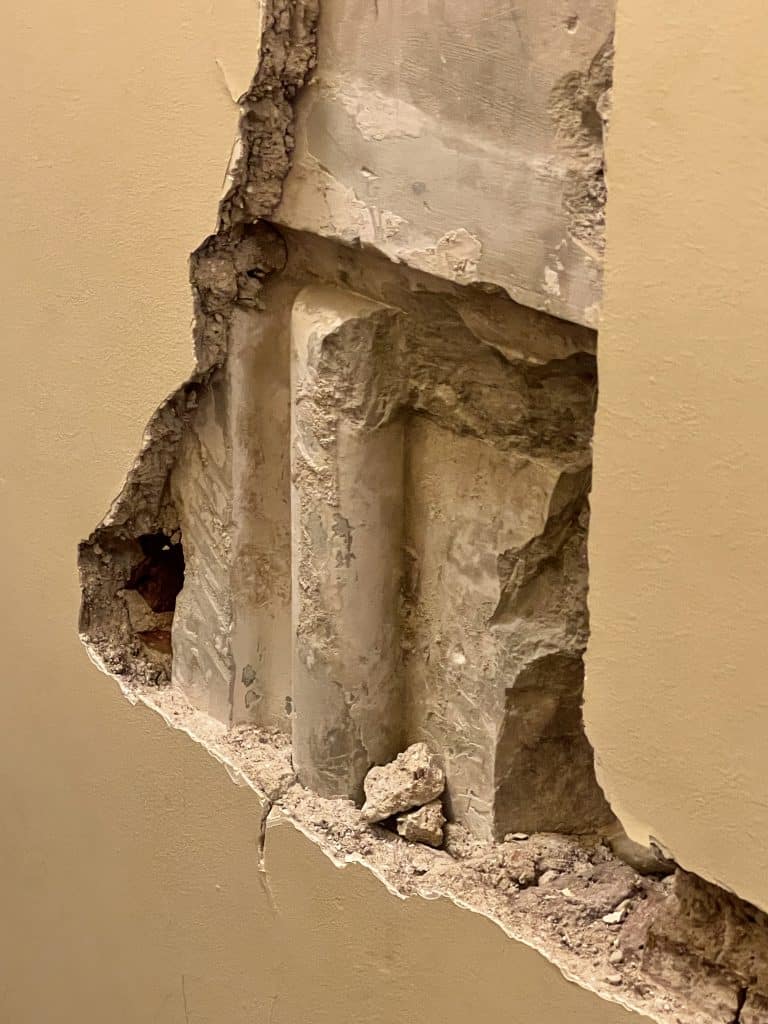
Henrys Bedchamber (39 mins – 44 mins)
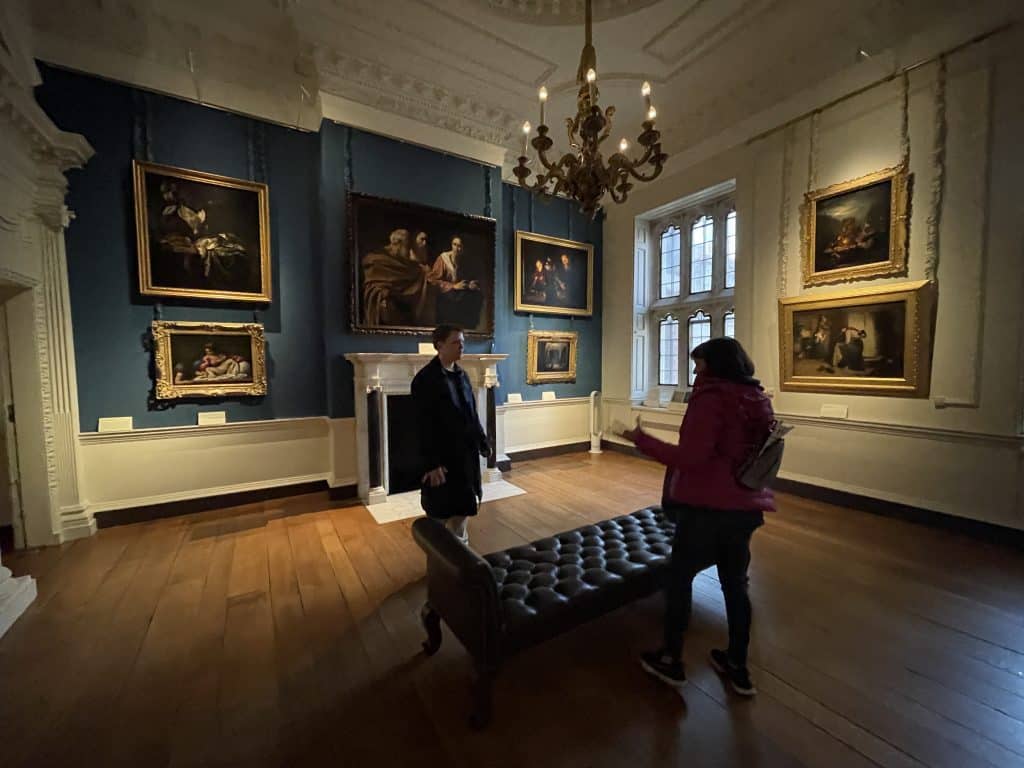
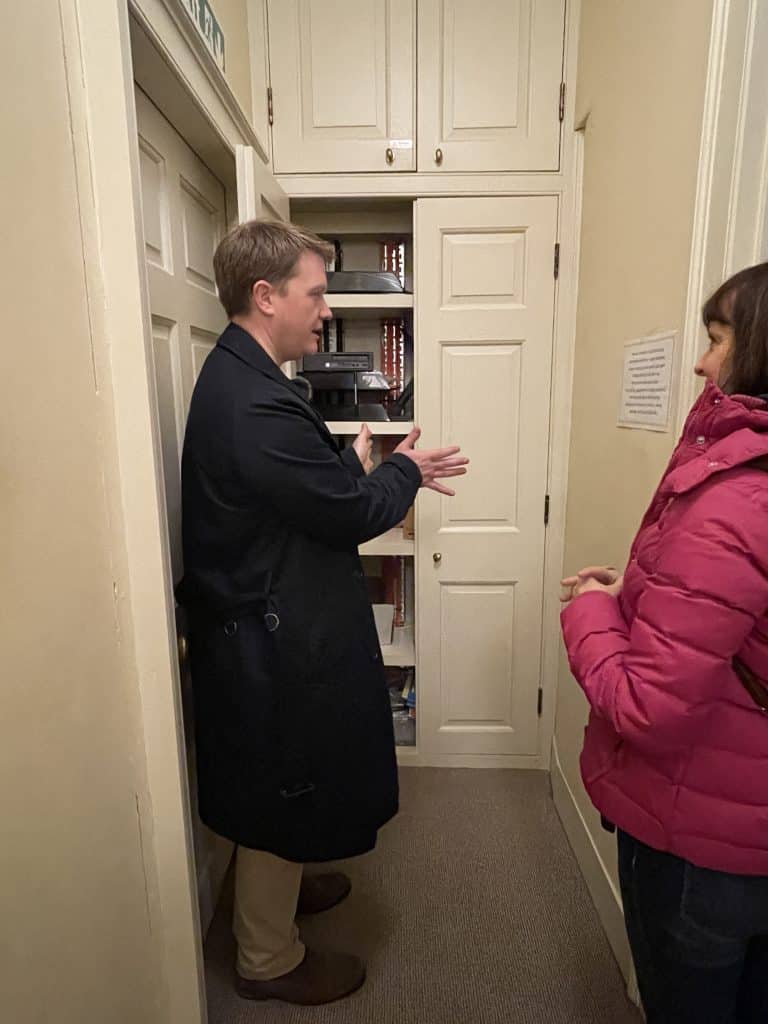
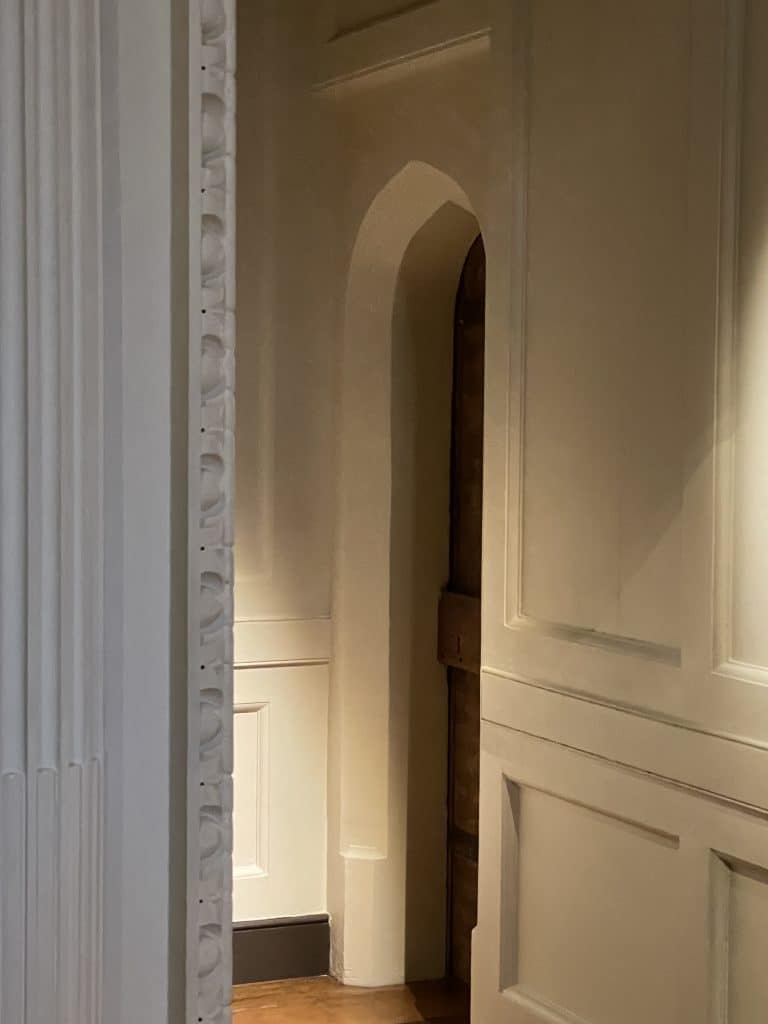
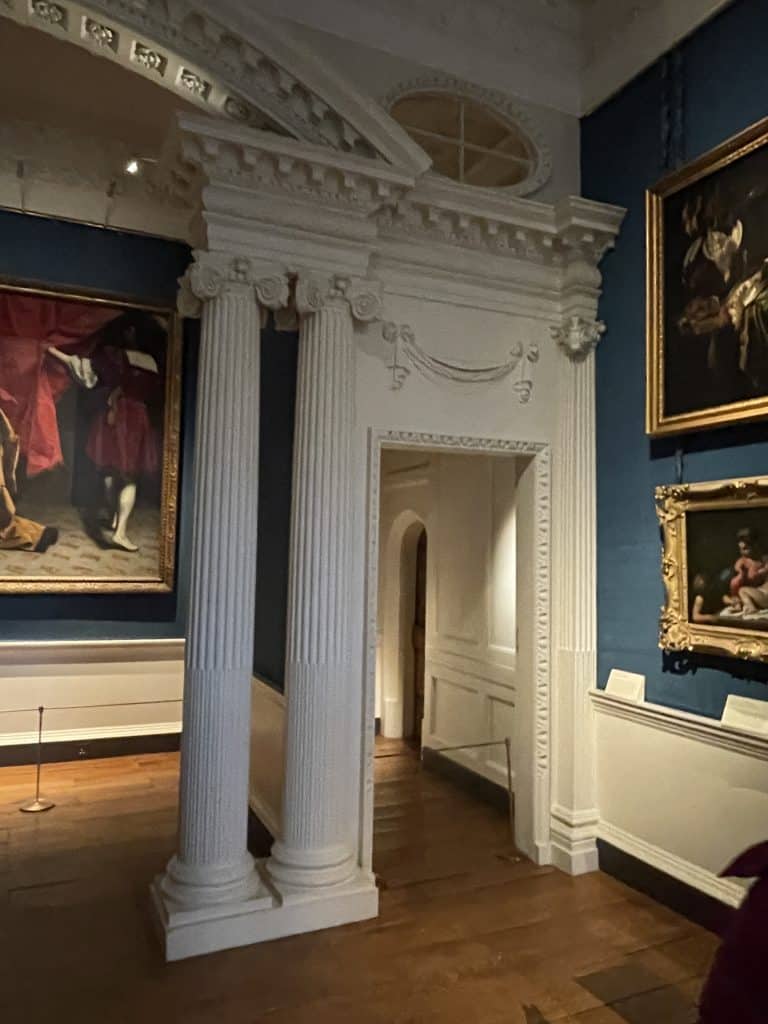
Princess Mary’s Rooms (48 mins – 53 mins)
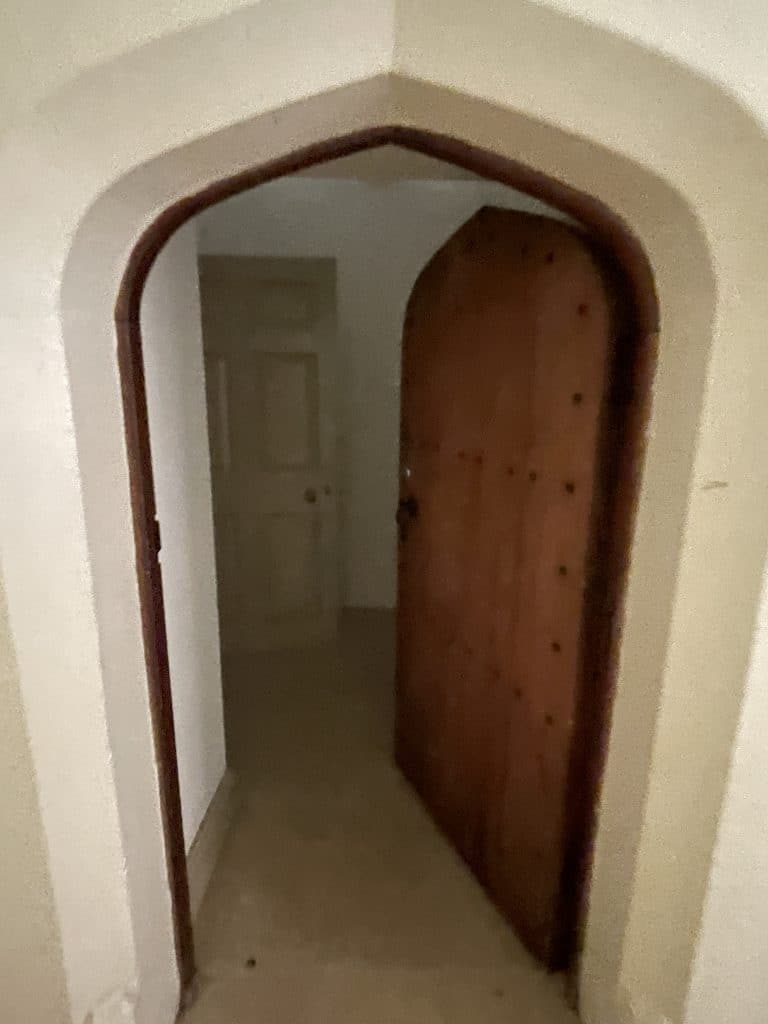
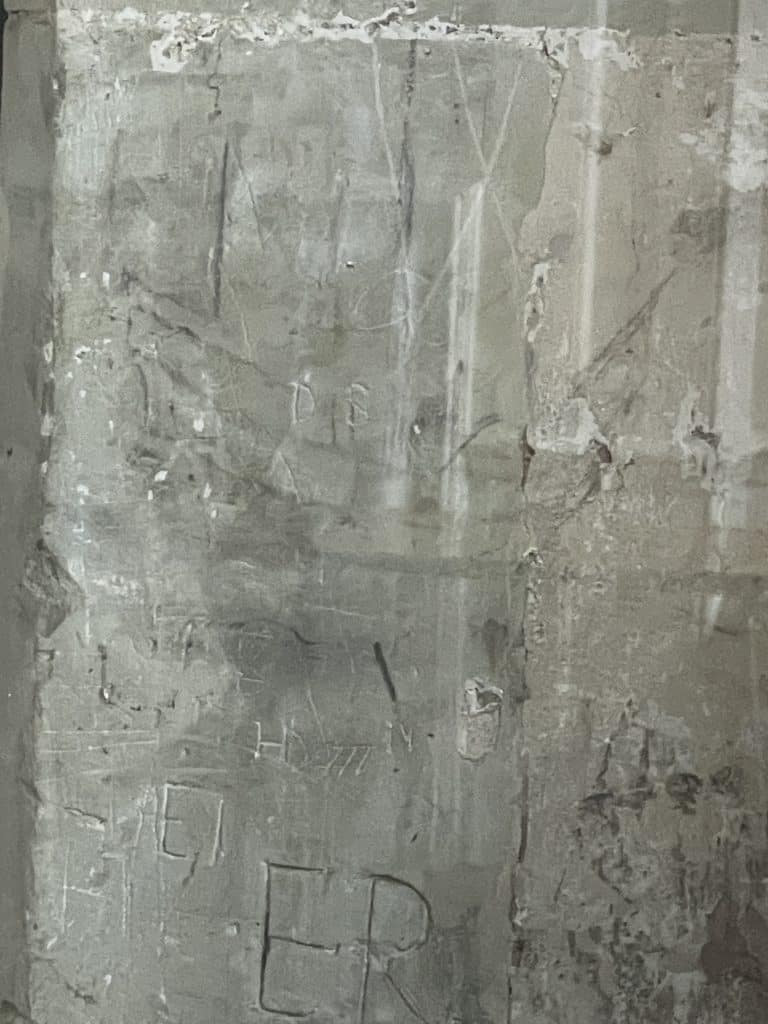
Clock Court – Outside King’s Wardrobe (53 mins – 58 mins)
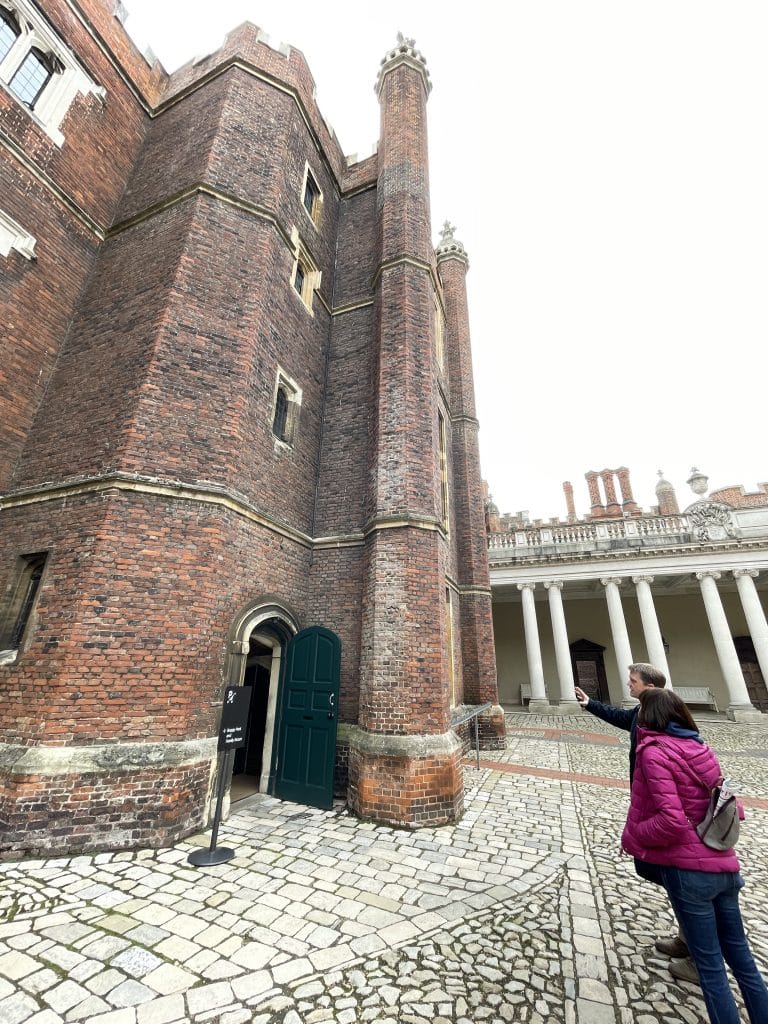
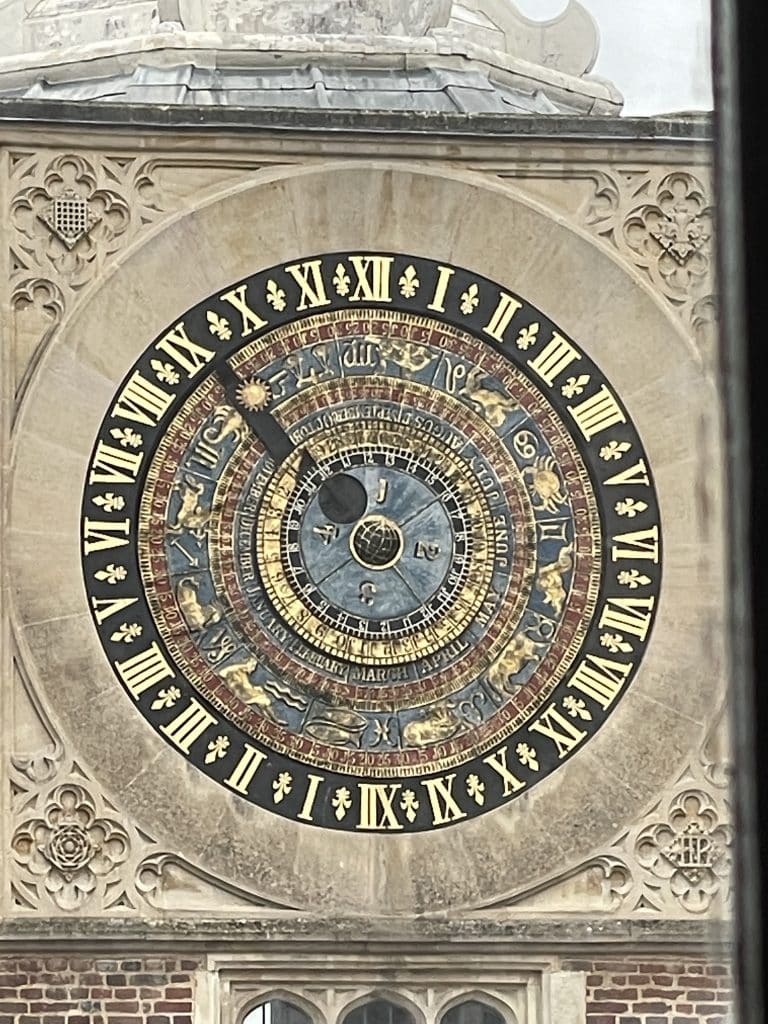
The Wolsey Closet (1 hr 5 mins – 1 hr 12 mins)
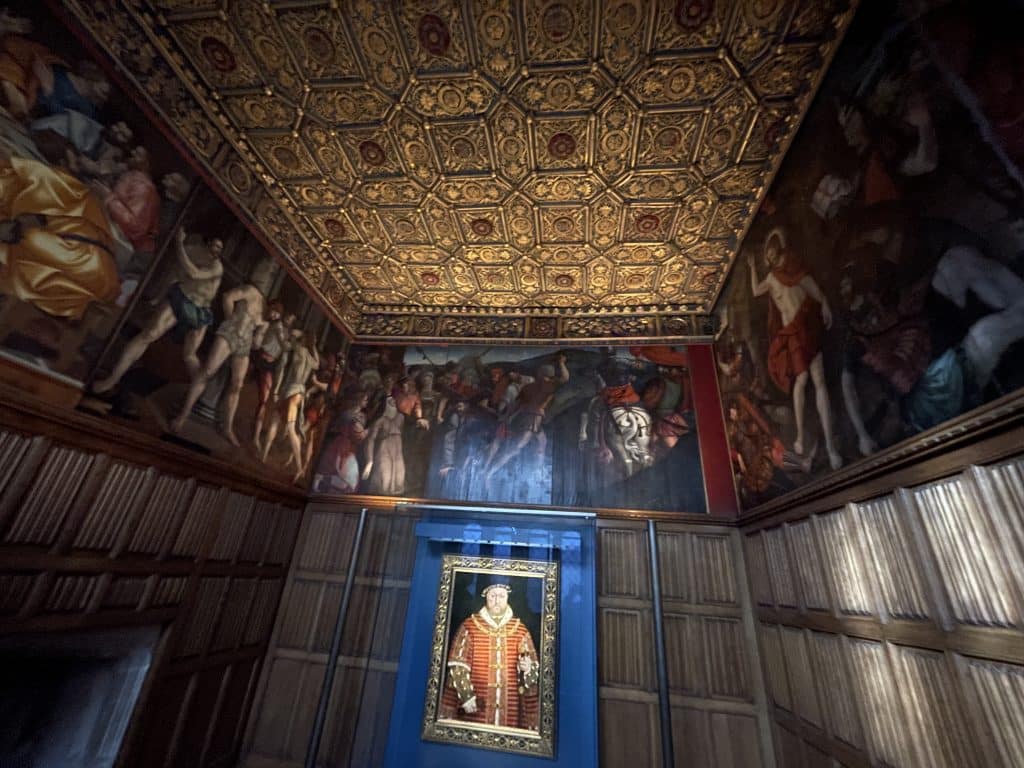
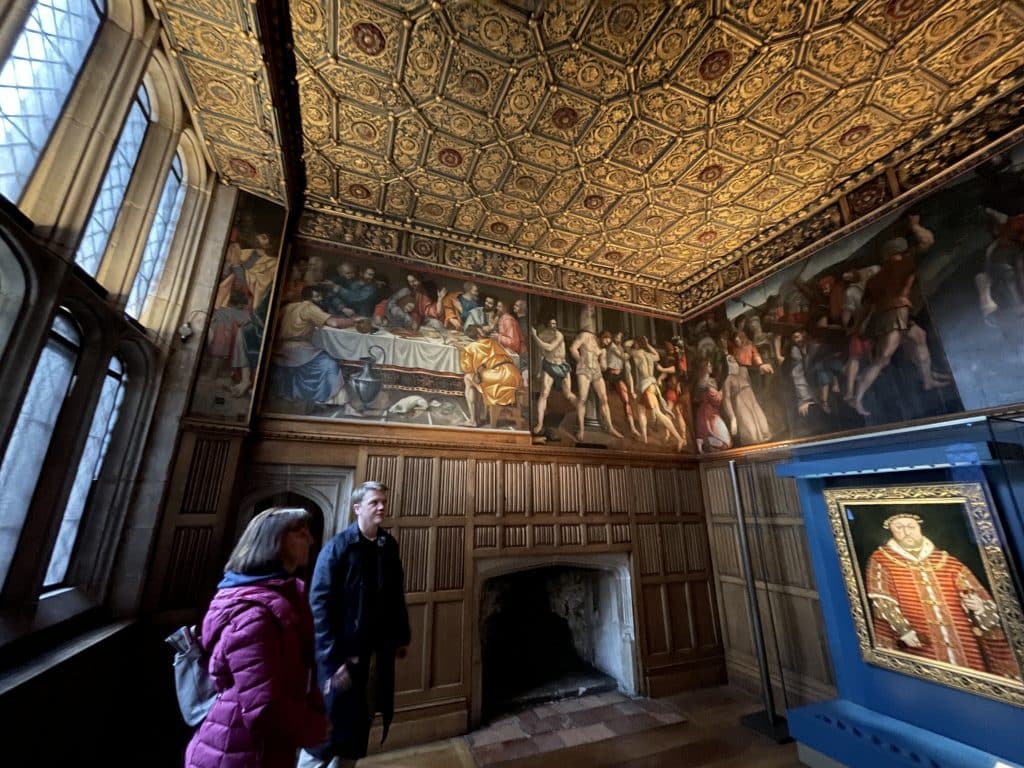
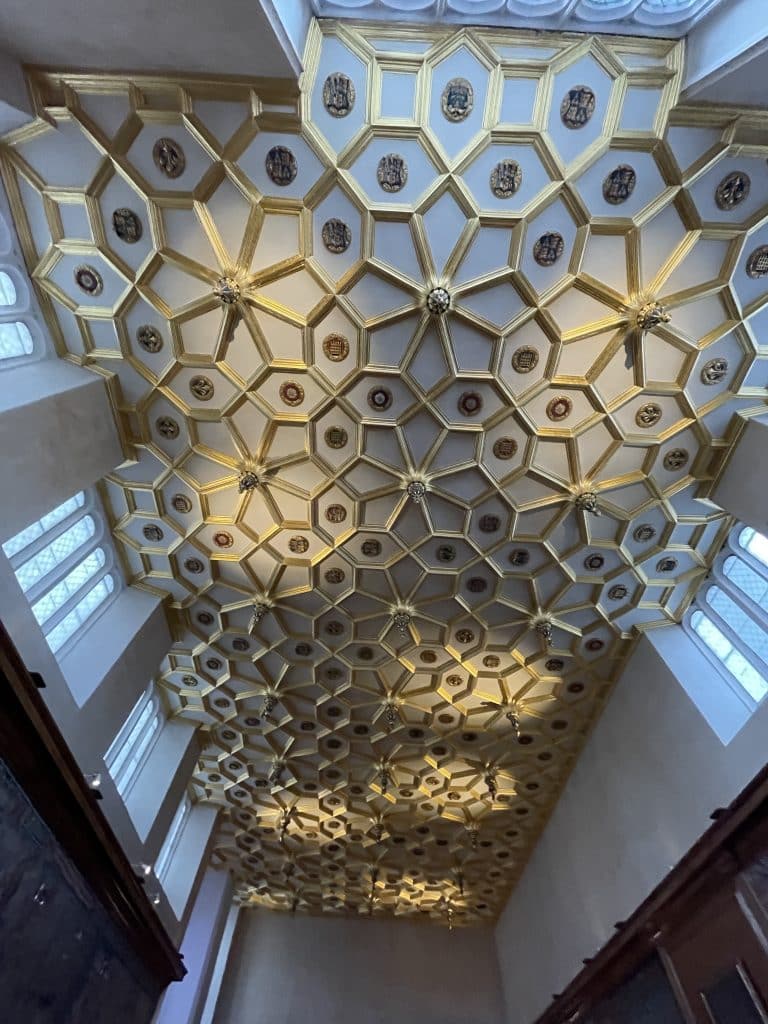
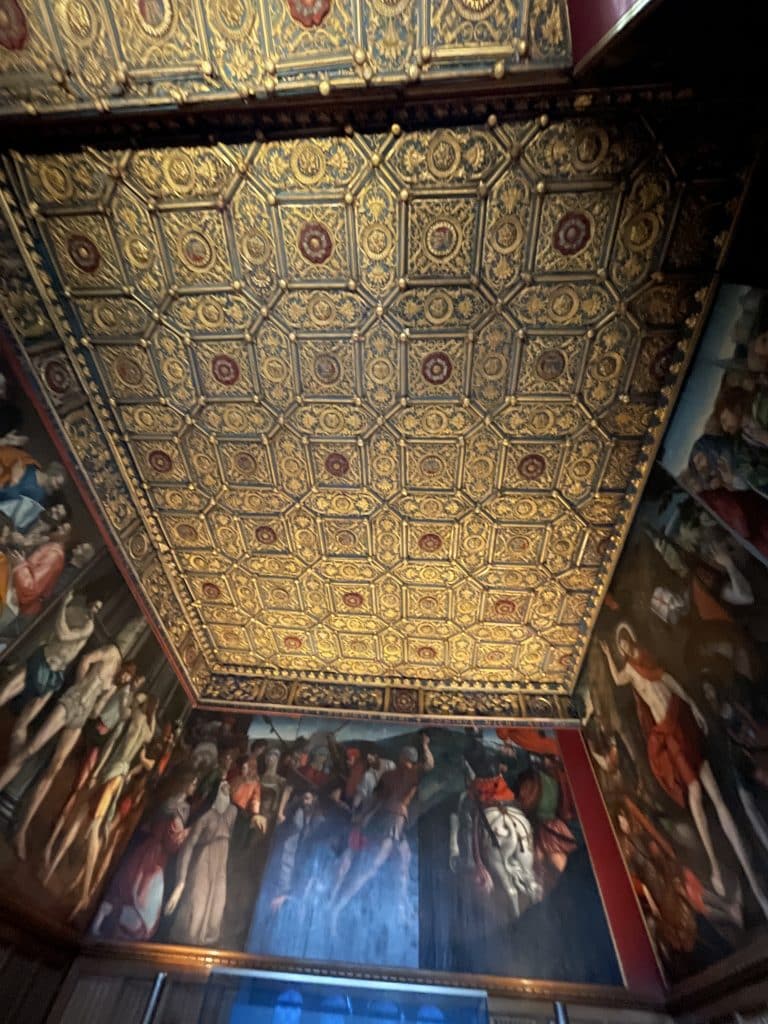
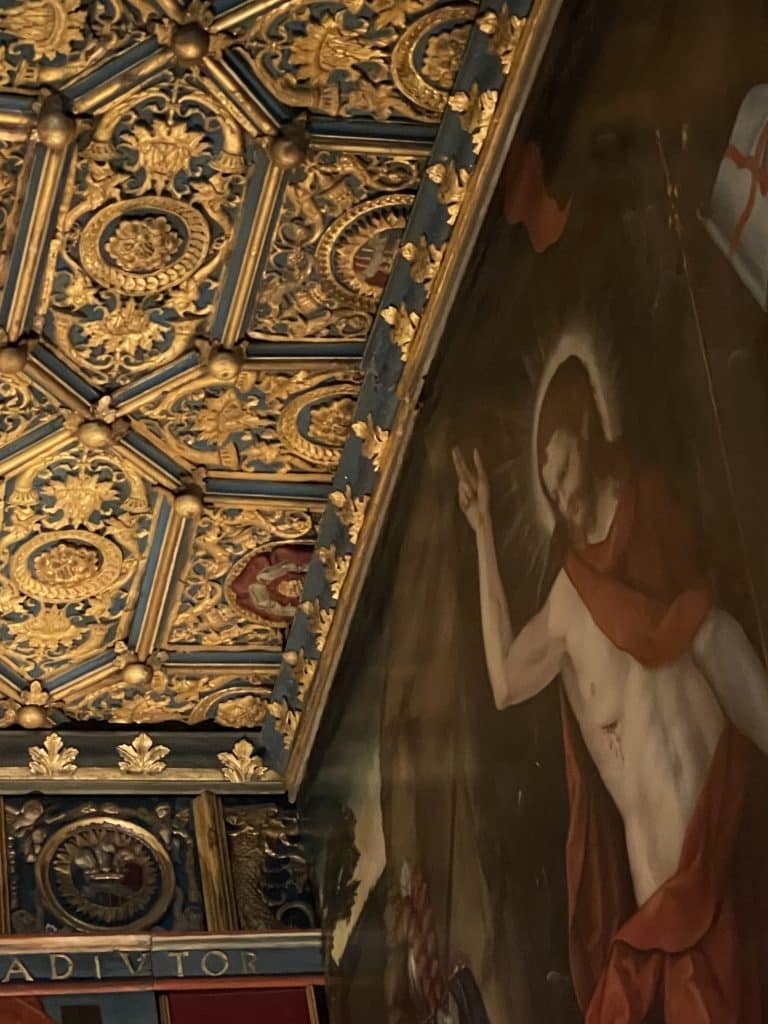
Chapel Court (1 hr 12 mins – 1 hr 18 mins
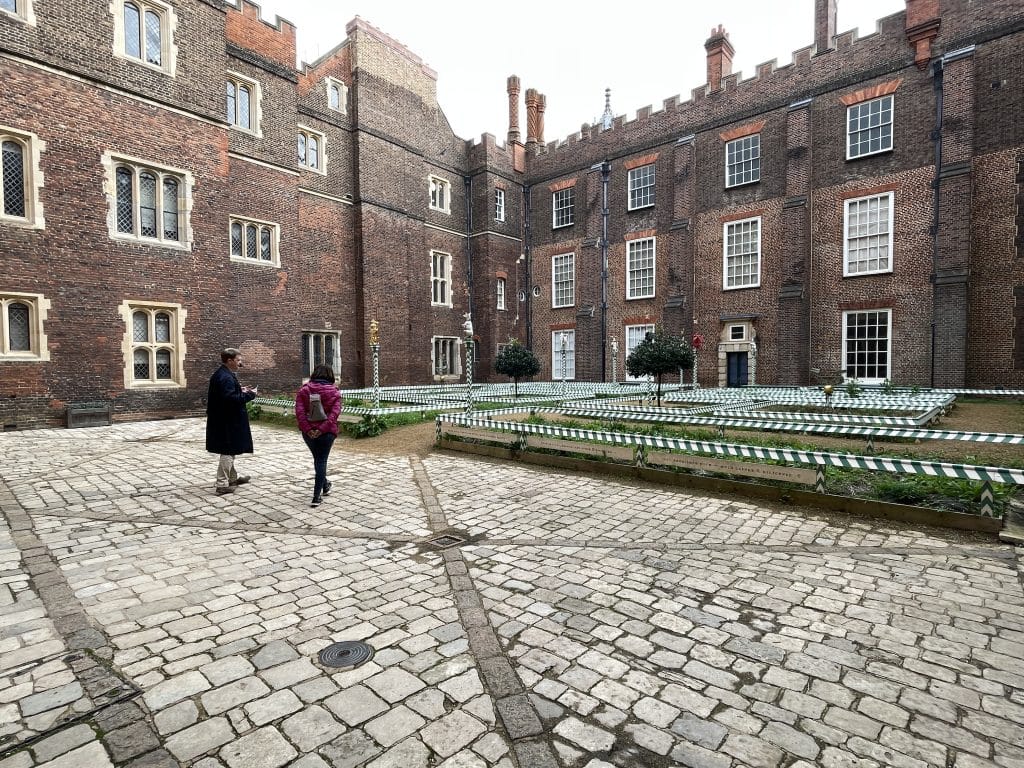
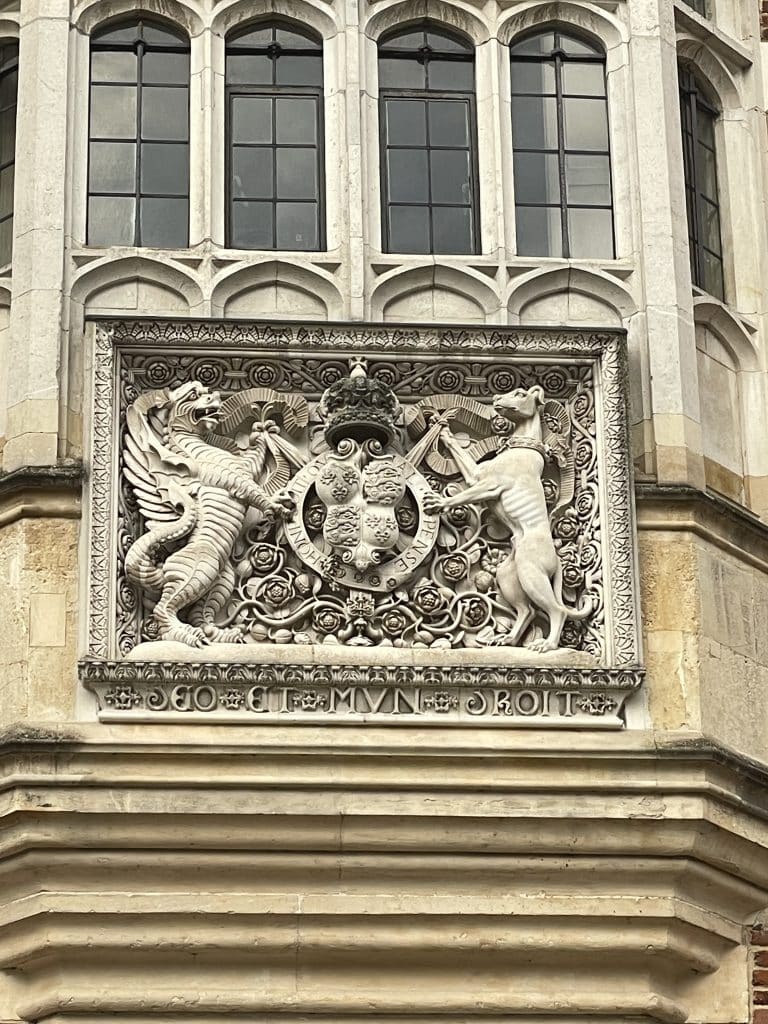
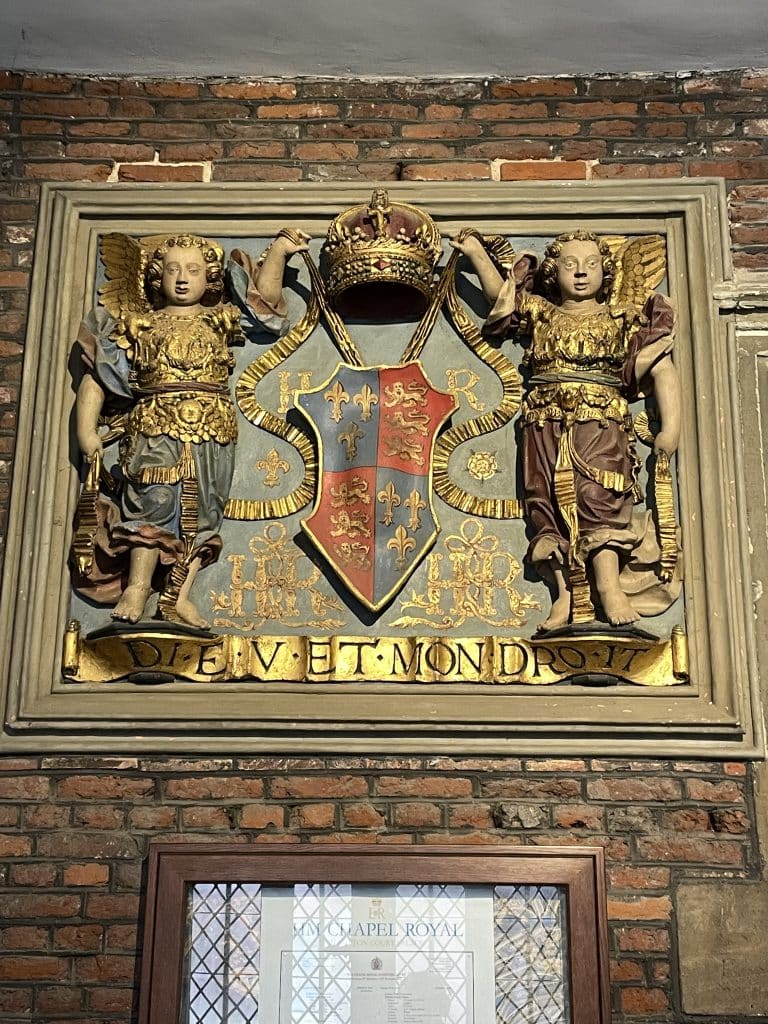
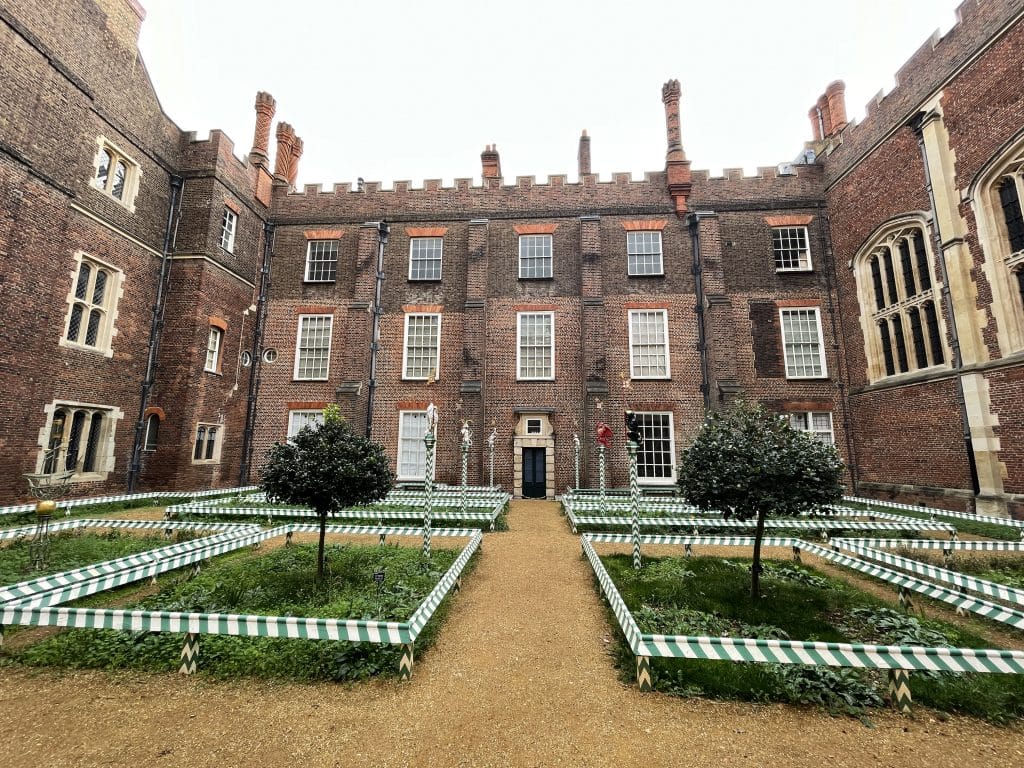
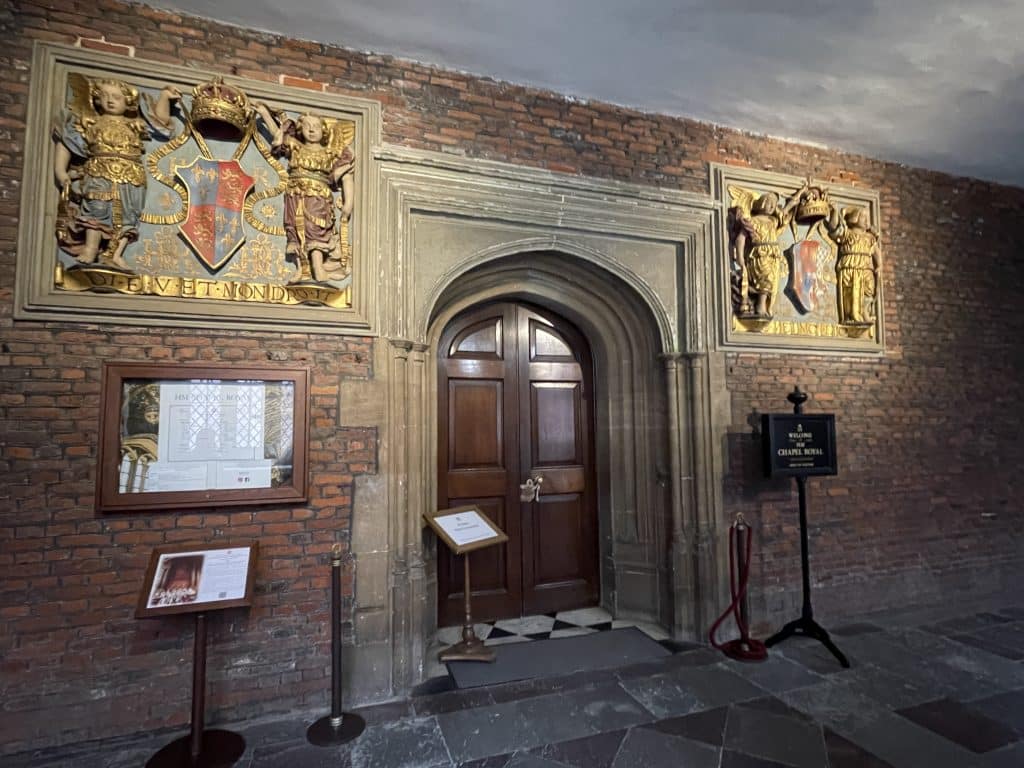

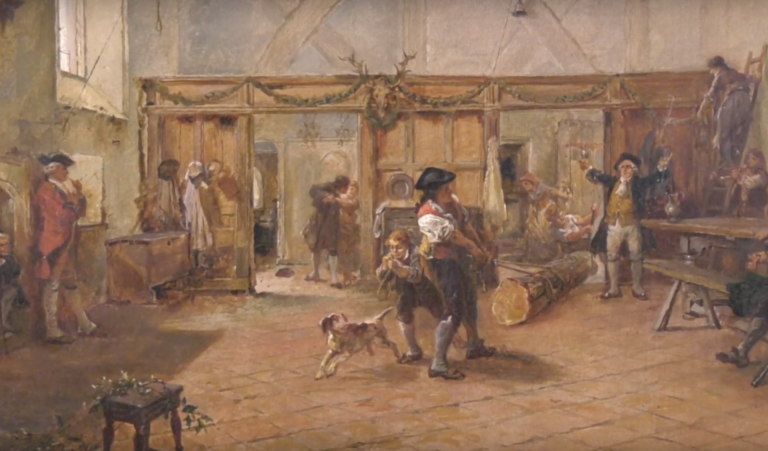
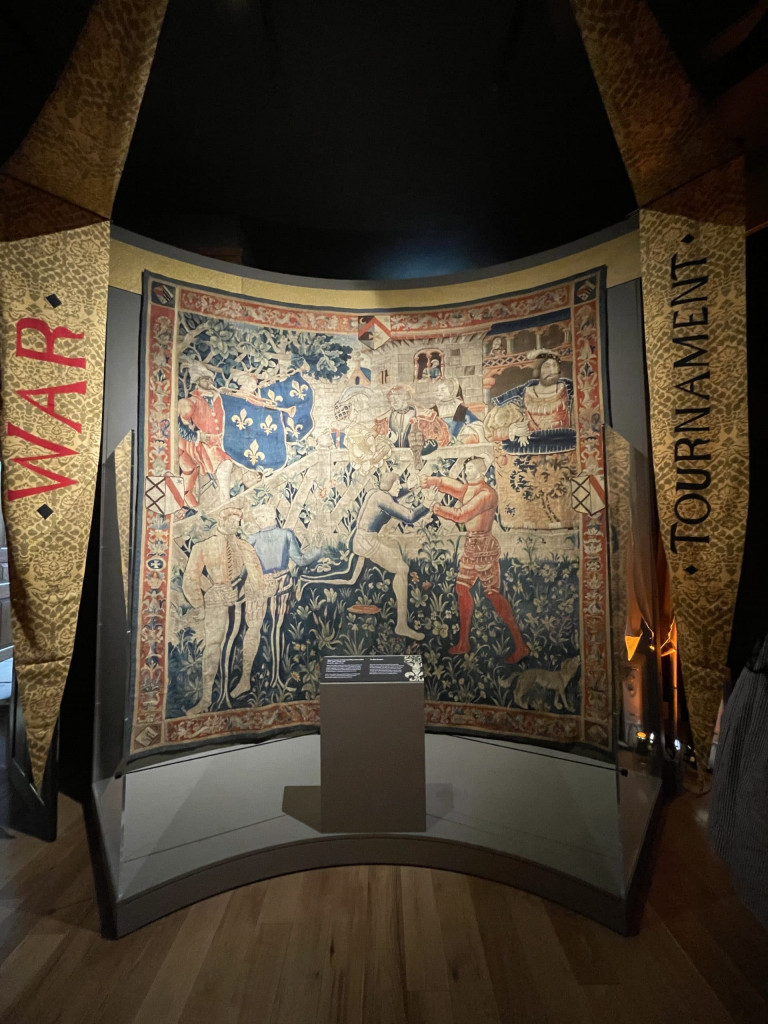
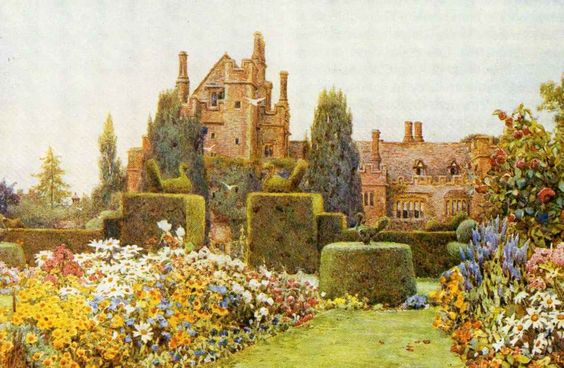



Great post Sarah – let’s start a campaign for public access!
Ooh, you rebel you. I did hear on the grapevine plans to possibly reinstall part of the old privy apartments. I would very much like to support that idea. Can you imagine how people would flock to see it?
Been there many times in the past and of course never was aware of the special rooms. I do hope they can be opened up so we can all see the rooms of this seemingly bloodthirsty king.
Can you clarify something in this post? I am confused about the location of the door. I am taking careful notes for an upcoming trip.
You say that the presence chamber is accessible to visitors and, by and large, retains its Tudor appearance. Later, you seem to say that the presence chamber has become a junk room and a training room? Does the door, the one in the Great Watching Chamber; open into the presence chamber – a room we can’t see?
Thanks! I want to recreate your footsteps and I feel confused here.
Hello Kathleen, thanks so much for picking this up. A slip of the pen: ‘presence chamber’ should have said ‘great watching chamber’ and indeed now, I have corrected that. Sorry for creating confusion. I hope that is all cleared up now. BTW Did you hear the HCP are working on opening up some of the ‘lost apartments belonging to Henry VIII? This is SO exciting. It’s a few years off yet but will be wonderful to see! Thanks for reading and commenting, and I do hope you have a wonderful and rewarding trip.
It would be amazing to see those rooms. I am coming from America, so I don’t know if and or when I will get back. I am studying everything as closely as I can so I have the most immersive DIY Tudor trip possible. Your website has been great. Thanks!
Thank very much!
Thank you so much for this most interesting article . I was there beginning March 2020 and going back next March . My daughter Lara lives in the UK for the last 3 years .
Can one get into Anne Boleyn’s chambers ?
No, not atm. They are not on the public tour, sadly.
I fail to understand why the most important Tudor rooms–the rooms most tourists would want to see–aren’t restored and open to the public. Don’t they know how many people would LOVE to visit those rooms? For example, the fact that they know what room Jane Seymour died in, but they keep it shut away for random staff meetings, boggles my mind.
Well, it is about the fact that some rooms have really been totally dismantled and it would take some serious structural work (and money) to convert them back. The Presence chamber is decimated and simply doesn’t exist except in fragments. However, if you tune into my second ever podcast with Tracy Borman, current curator, you will hear some exciting news! https://thetudortravelshow.podbean.com
Thank you!
On one trip through the palace I asked where a certain door lead to. The guide opened the door and there was an ancient round stairway. He said it lead from Henry VIII’s bedchamber to his Queen’s. On another trip I asked again and the guide said he could not open it. I have visited Hampton Court Palace 4 times. I am from northern ontario. Hampton Court is my favorite place in the world. Thank you for the Tudo Travel Guide. Kim
My Pleasure!